In the 1910s, Alexandria, Virginia, was a bustling town with a rich history and vibrant community. Located just a few miles south of Washington, D.C., Alexandria played a significant role in the social and economic life of the region. The town’s streets were lined with shops, homes, and churches, reflecting the architectural styles of the period.
At the start of the decade, Alexandria was experiencing growth and modernization. The city had already been an important port and commercial hub since its founding in 1749. By the 1910s, it was connected to the wider world through railroads and the newly built Washington, Alexandria, and Mount Vernon Electric Railway, which allowed for easy travel to the nation’s capital.
One of the most significant aspects of Alexandria in the 1910s was its diverse population. The town was home to a mix of long-time residents and new arrivals, including many African Americans who had moved to the area during the Great Migration..
Read More
Education was a priority for the community. Alexandria had several schools, including segregated ones for white and black students. Despite the segregation, education was seen as a key to progress and opportunity. Teachers and parents worked hard to ensure that children received a good education, even in the face of limited resources.
The economy of Alexandria in the 1910s was diverse. The town’s proximity to Washington, D.C., made it a convenient location for businesses that needed to be near the capital but preferred a smaller-town atmosphere. Industries such as shipbuilding, manufacturing, and retail thrived. The Potomac River continued to be an essential artery for trade, with goods moving in and out of Alexandria’s busy port.
During this decade, Alexandria also saw improvements in infrastructure. Streets were paved, and new buildings went up, reflecting the town’s growth and modernization. The introduction of electric streetcars revolutionized local transportation, making it easier for people to commute and do business.
Social life in Alexandria was vibrant and varied. Churches played a central role in the community, serving not only as places of worship but also as centers for social gatherings and charitable activities. The town’s various fraternal organizations and clubs provided opportunities for socializing and civic engagement.
The 1910s were also a time of significant change for women in Alexandria. The suffrage movement was gaining momentum, and many local women were active in the fight for the right to vote. This period saw increased political engagement among women, who were also becoming more involved in local charities and social causes.
World events, such as World War I, had a direct impact on Alexandria. Many local men enlisted to serve in the military, and the community rallied to support them. War efforts included fundraising, collecting supplies, and providing support to soldiers’ families. The war brought a sense of unity and shared purpose to the town, as everyone contributed to the national effort.
Entertainment and leisure activities were important parts of life in Alexandria. People enjoyed a variety of pastimes, from going to the theater and attending musical performances to picnicking along the Potomac River. The town’s parks and open spaces provided a welcome respite from the hustle and bustle of daily life.
Health and medicine were evolving fields during the 1910s. Alexandria had several hospitals and medical practitioners who served the community. Public health initiatives, such as campaigns to improve sanitation and combat infectious diseases, were beginning to take hold. These efforts helped to improve the overall health and well-being of the town’s residents


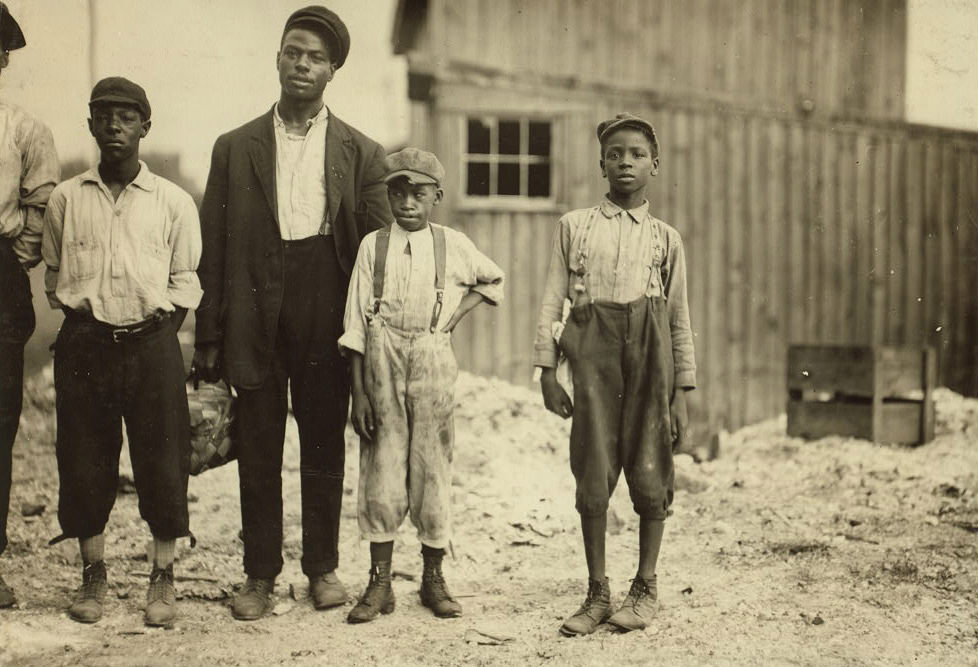
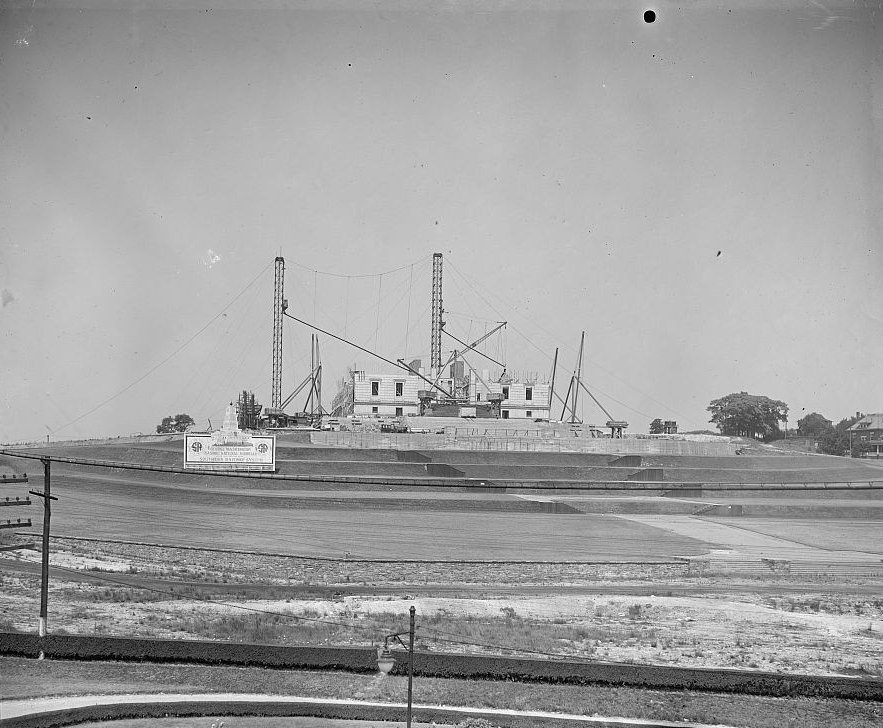
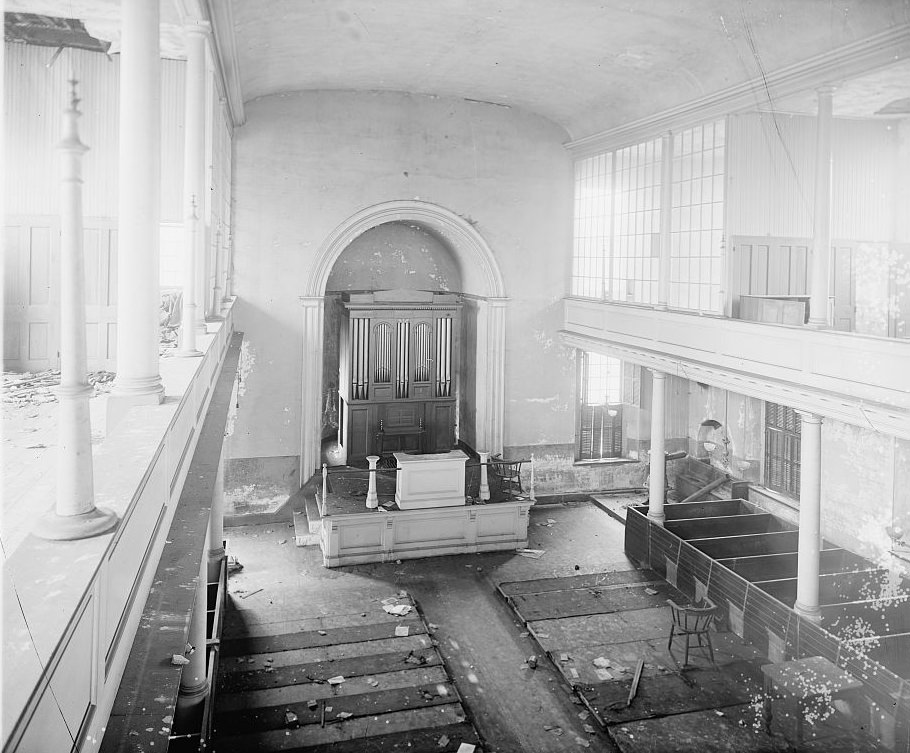
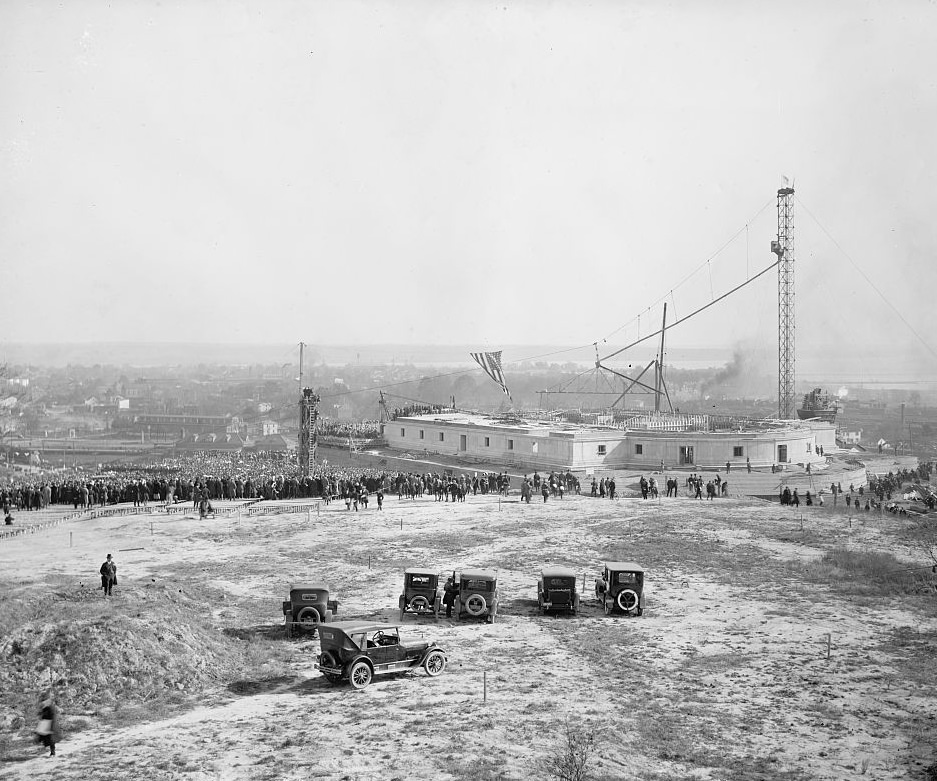
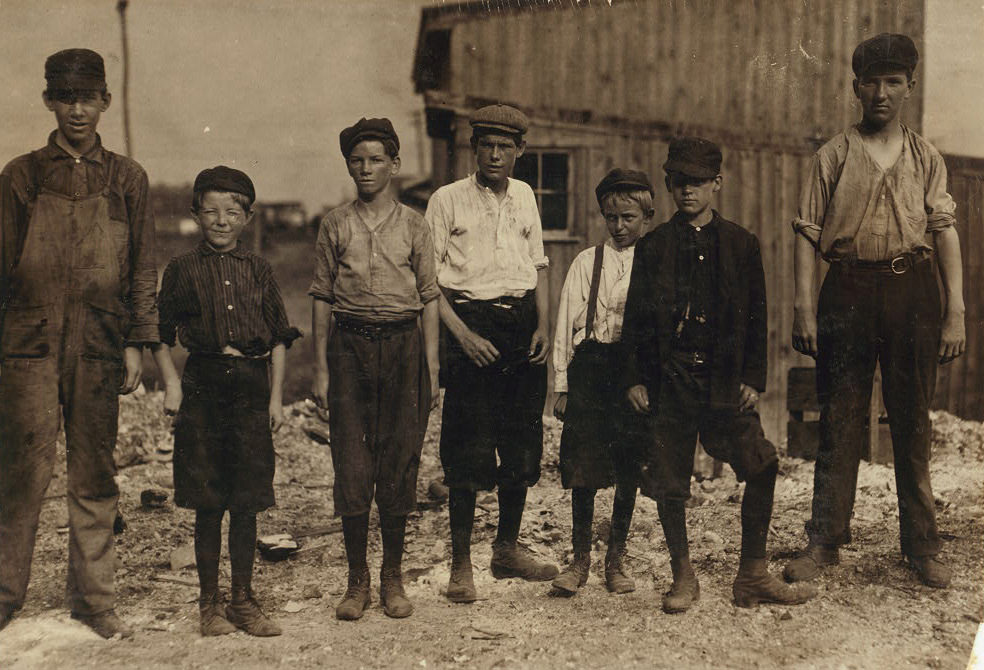
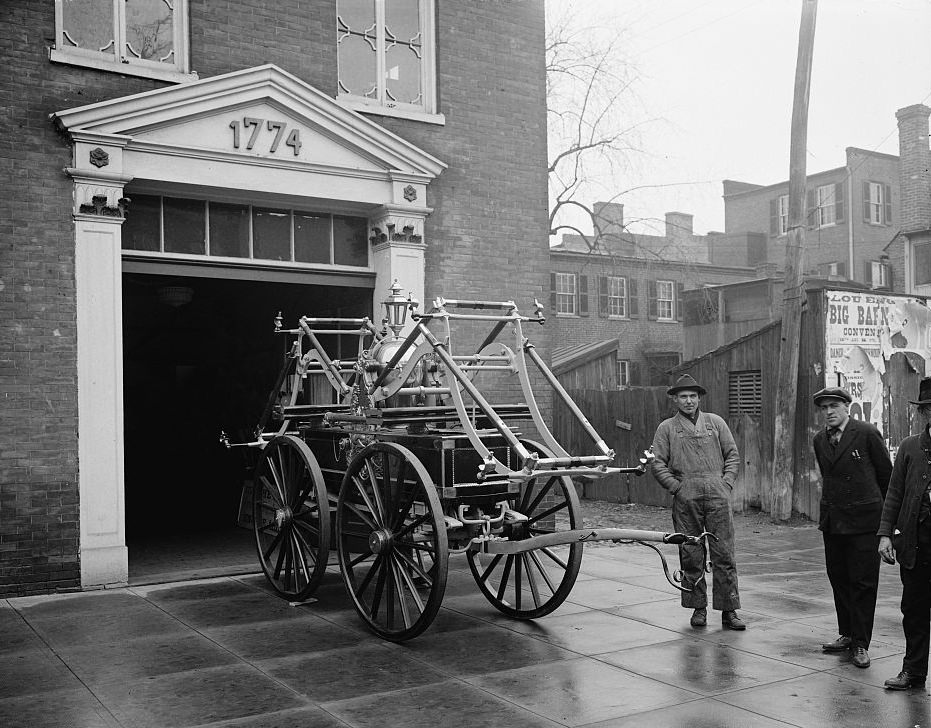
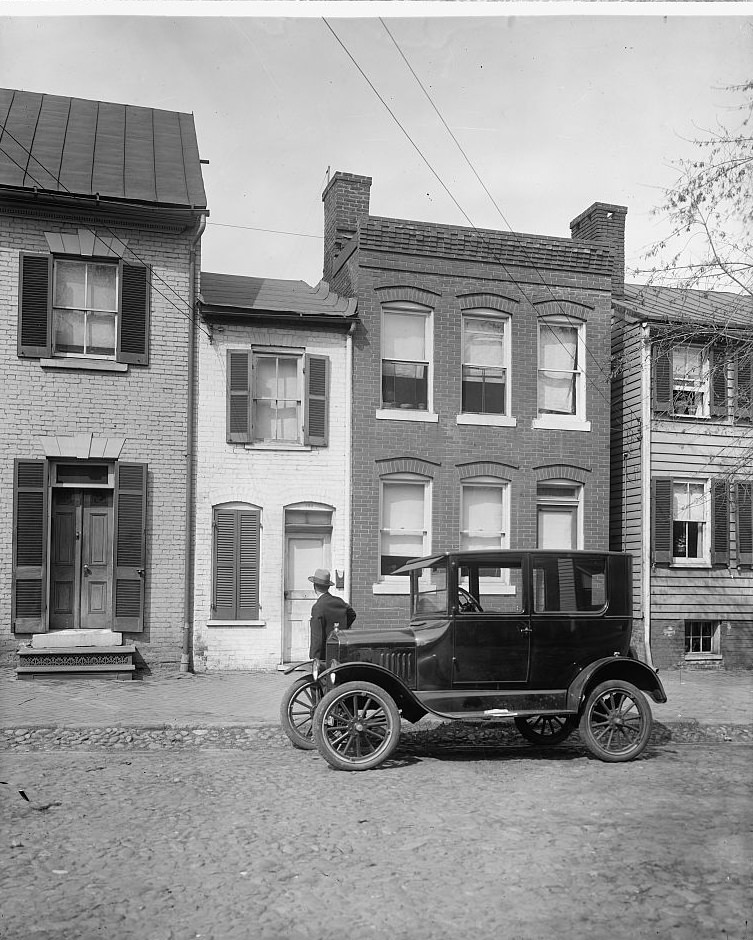
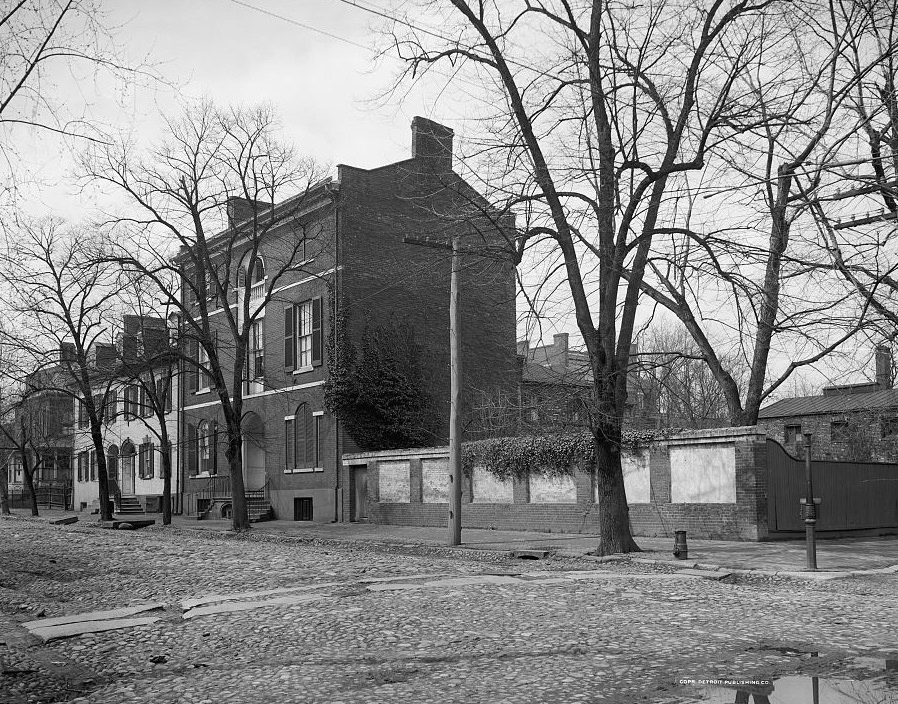
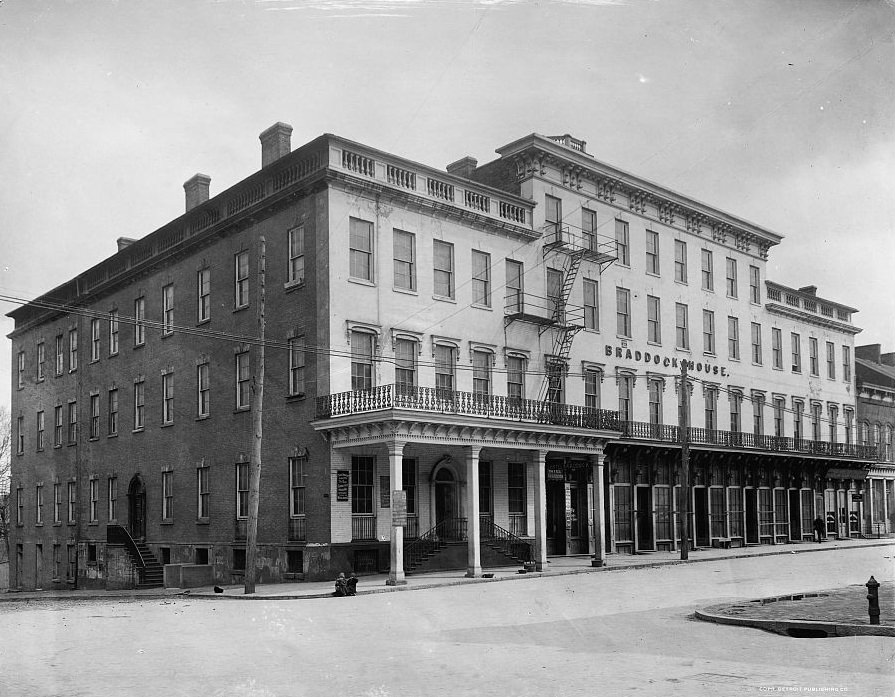
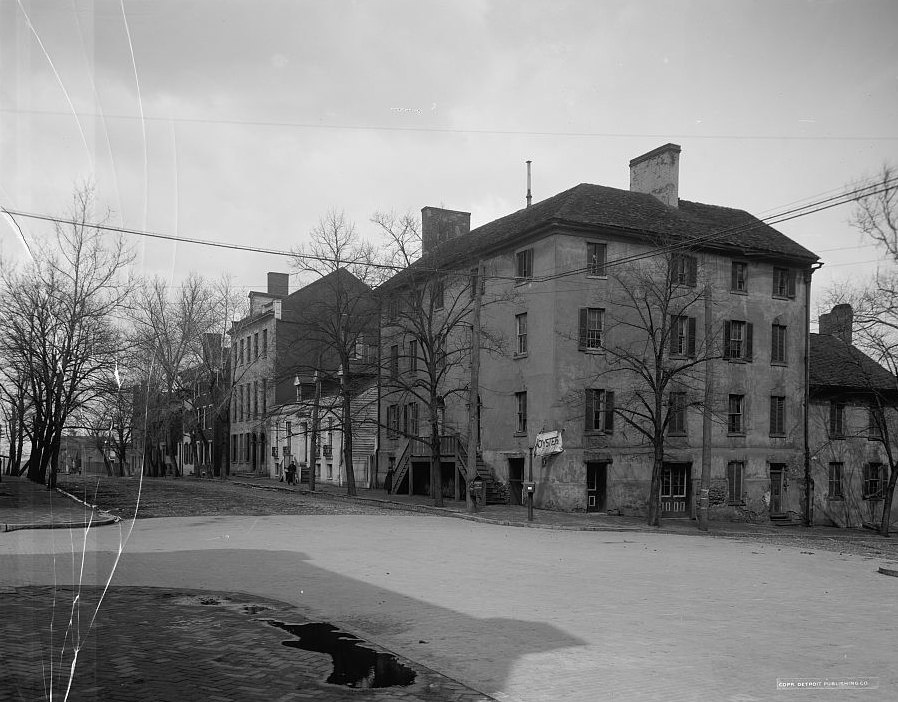
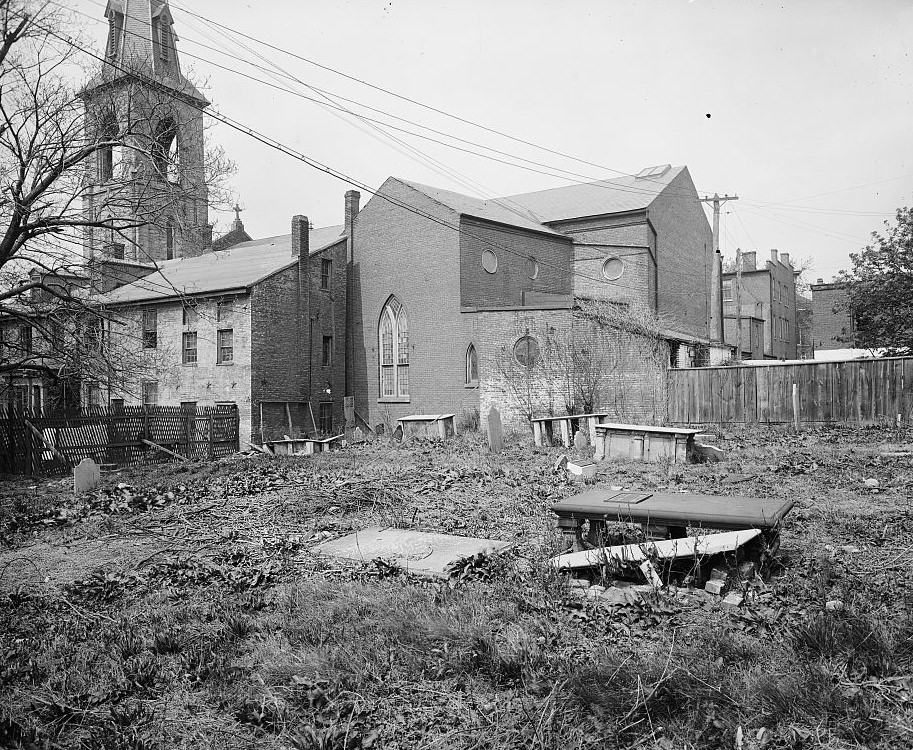
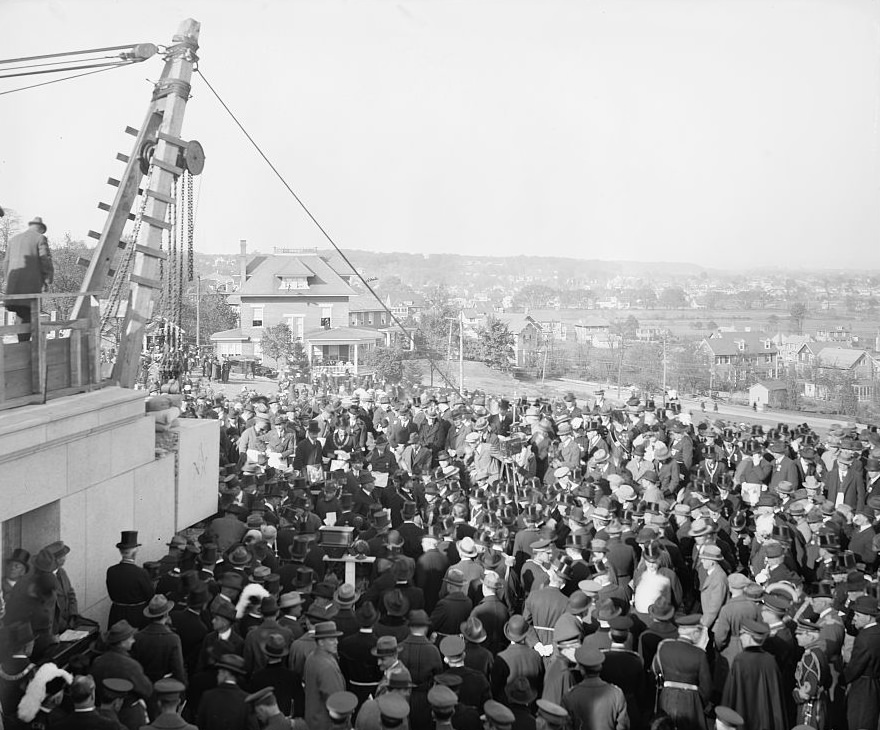
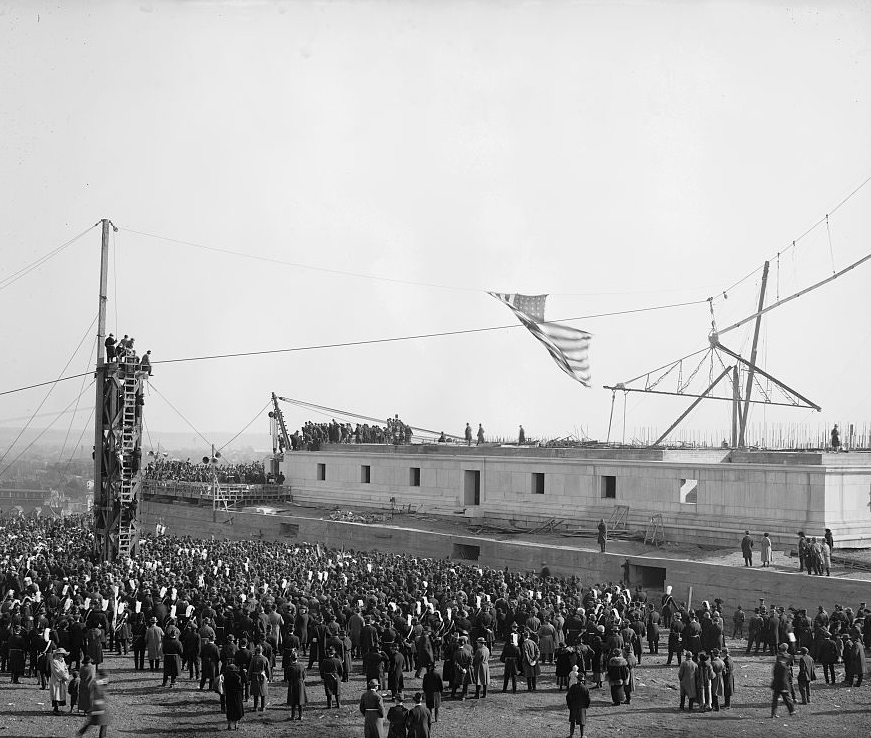
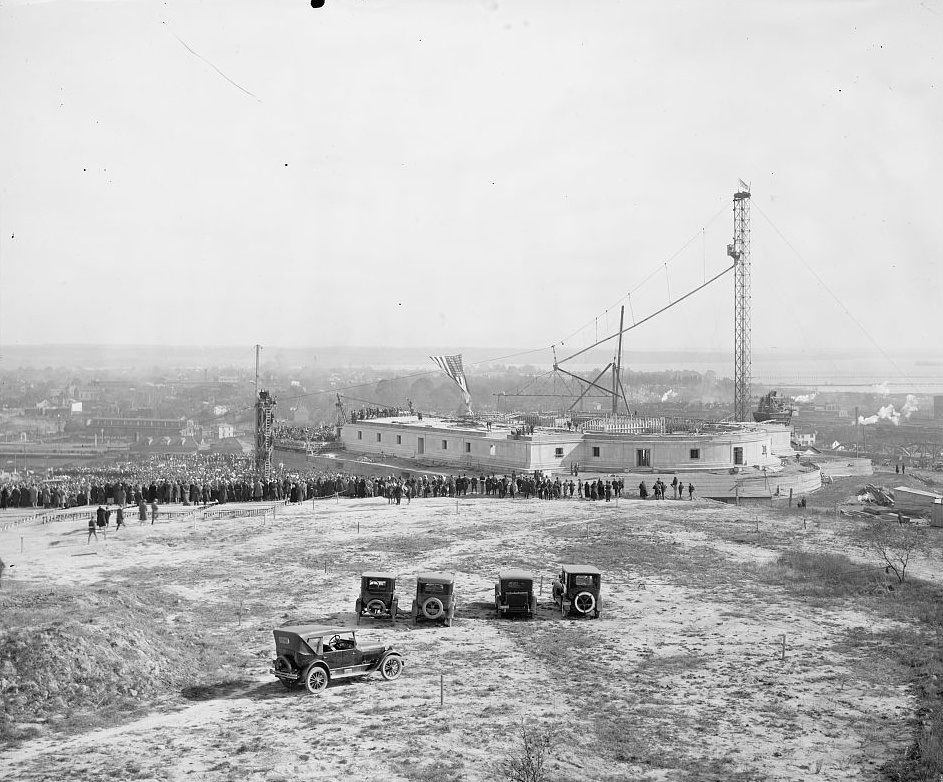
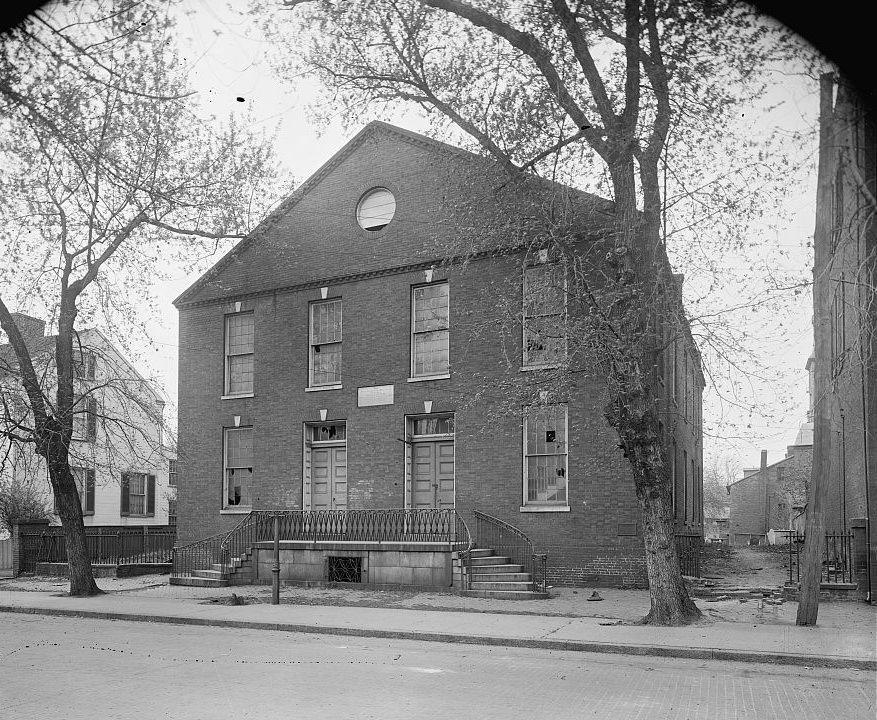
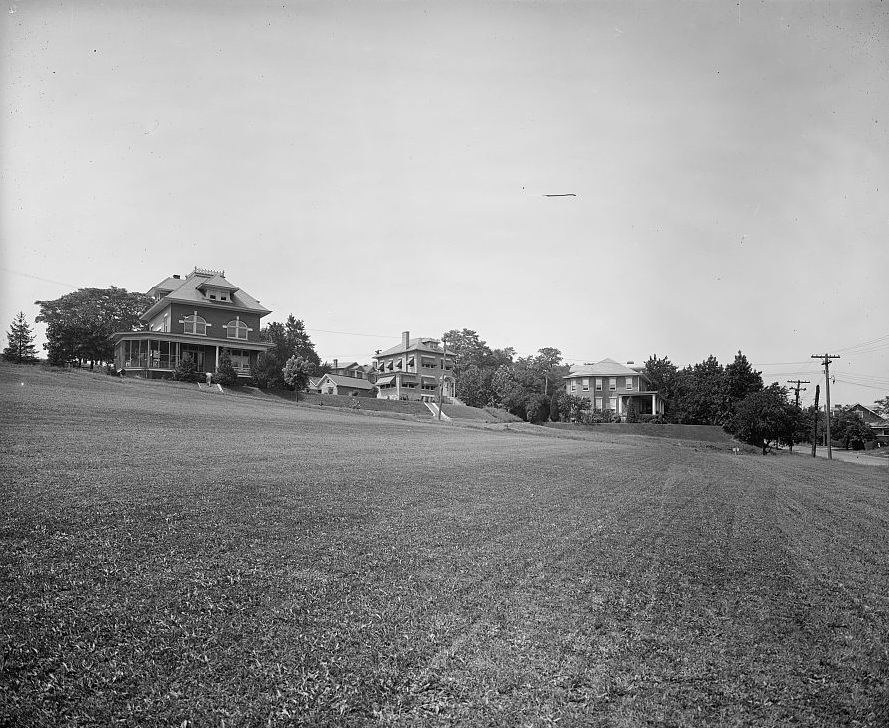
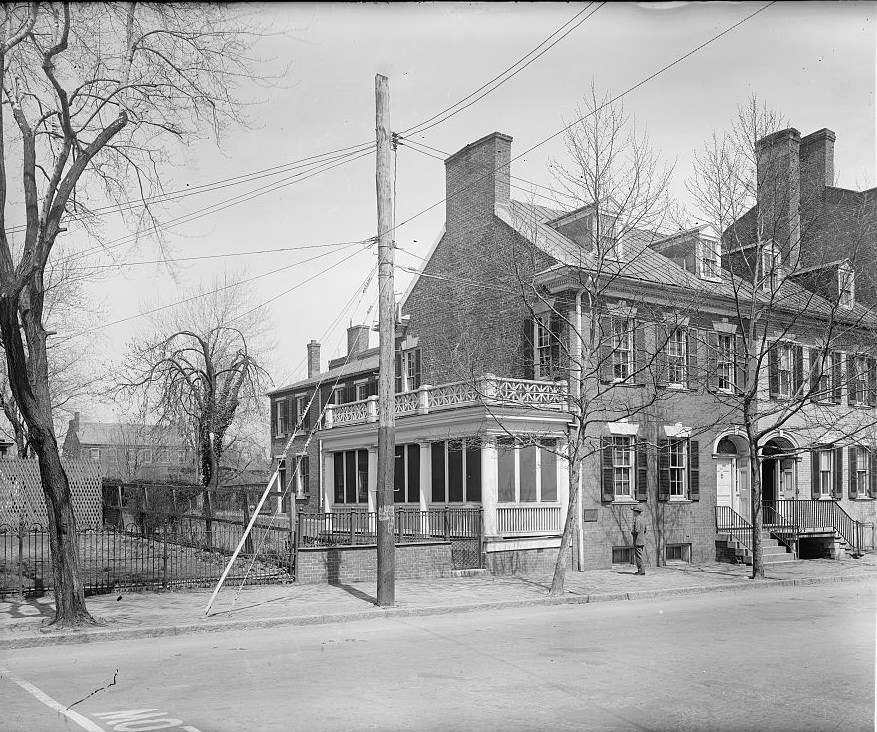
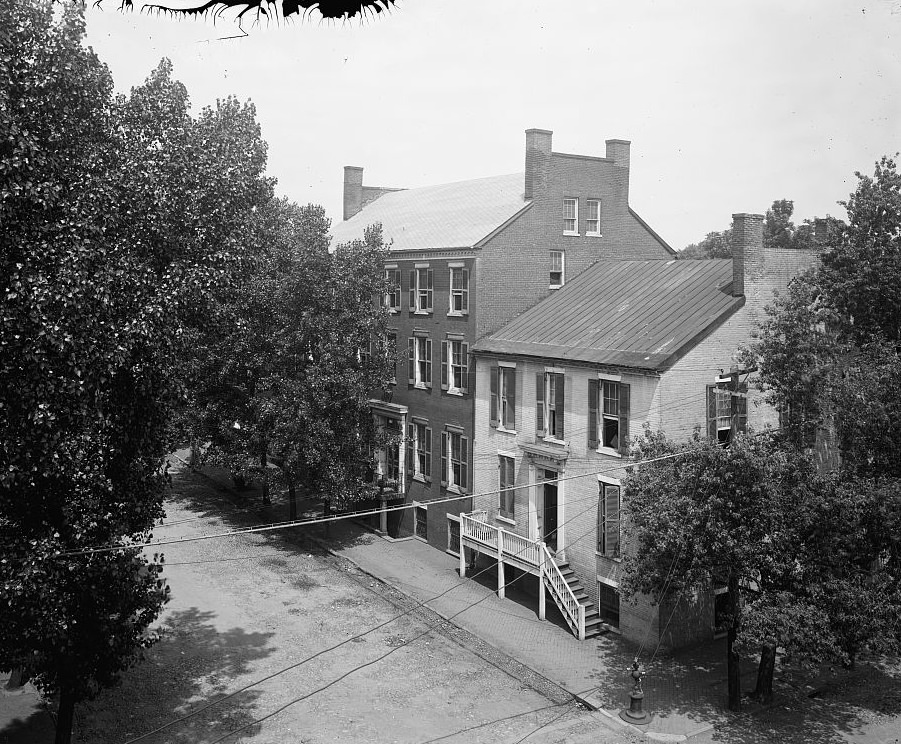
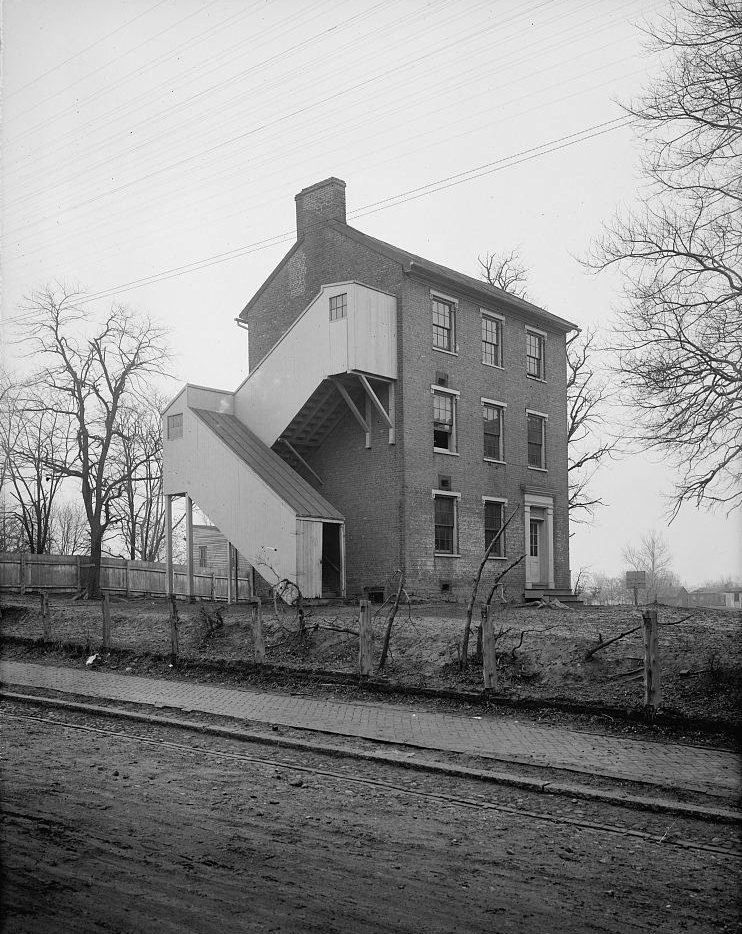
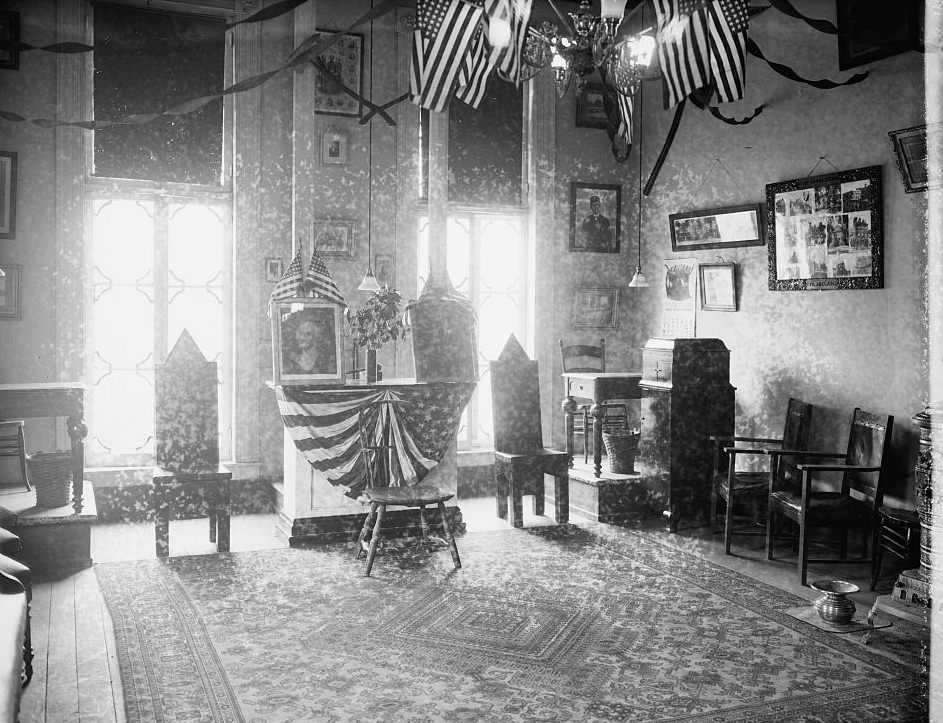
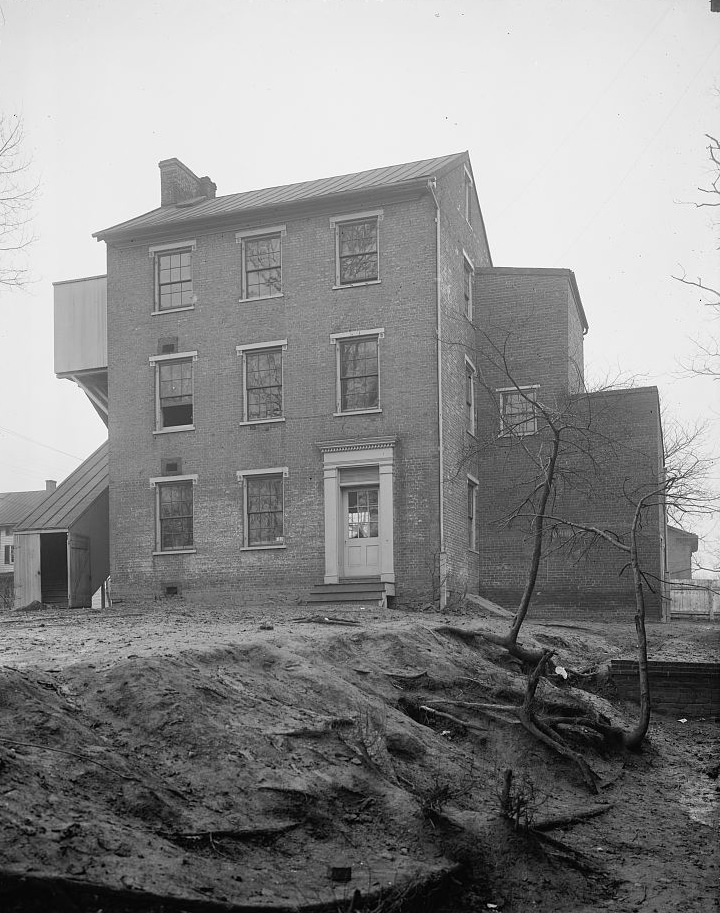
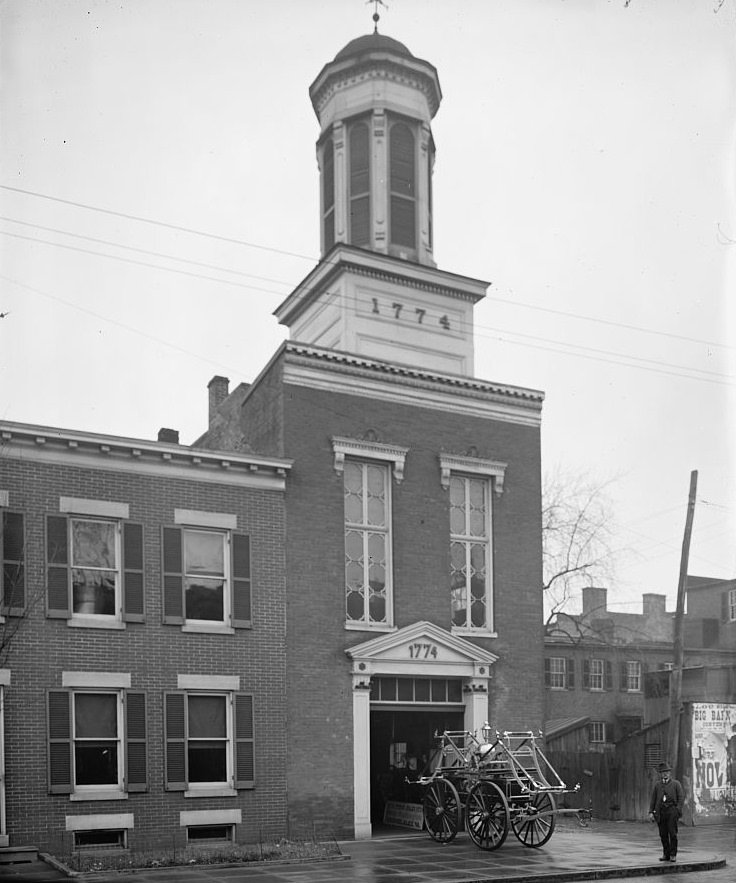
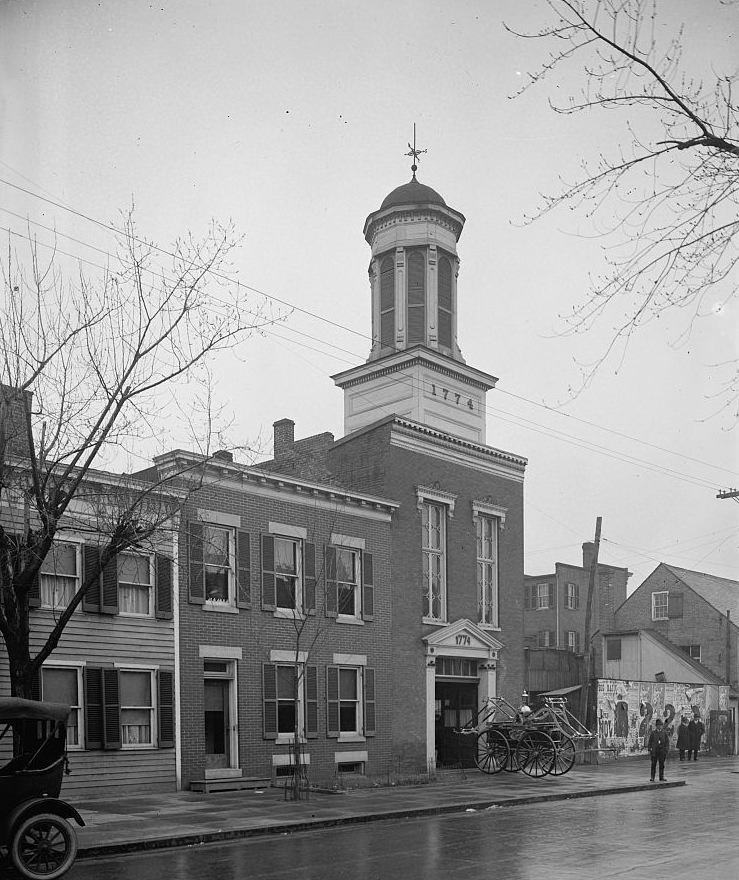
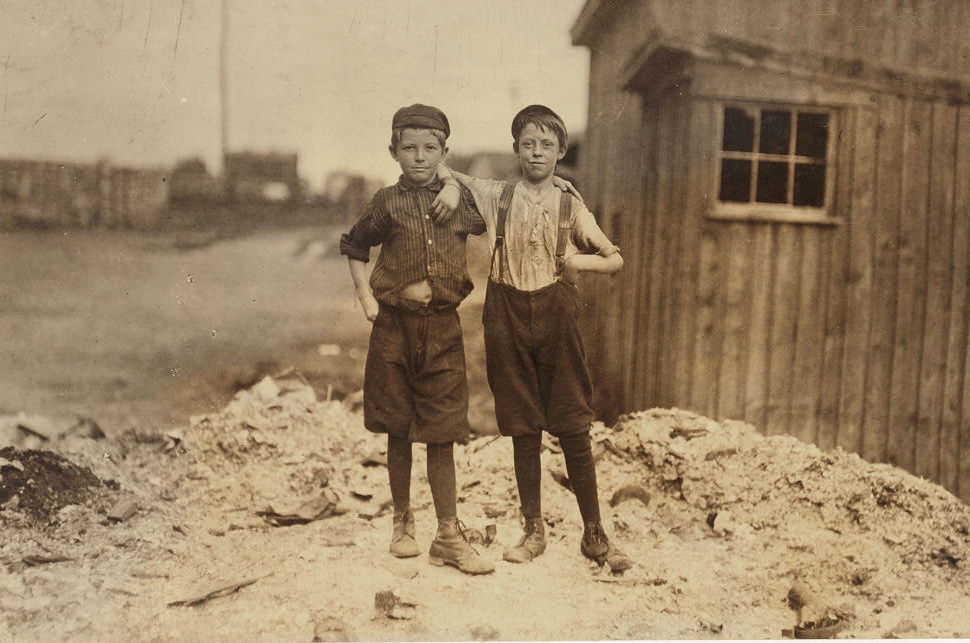
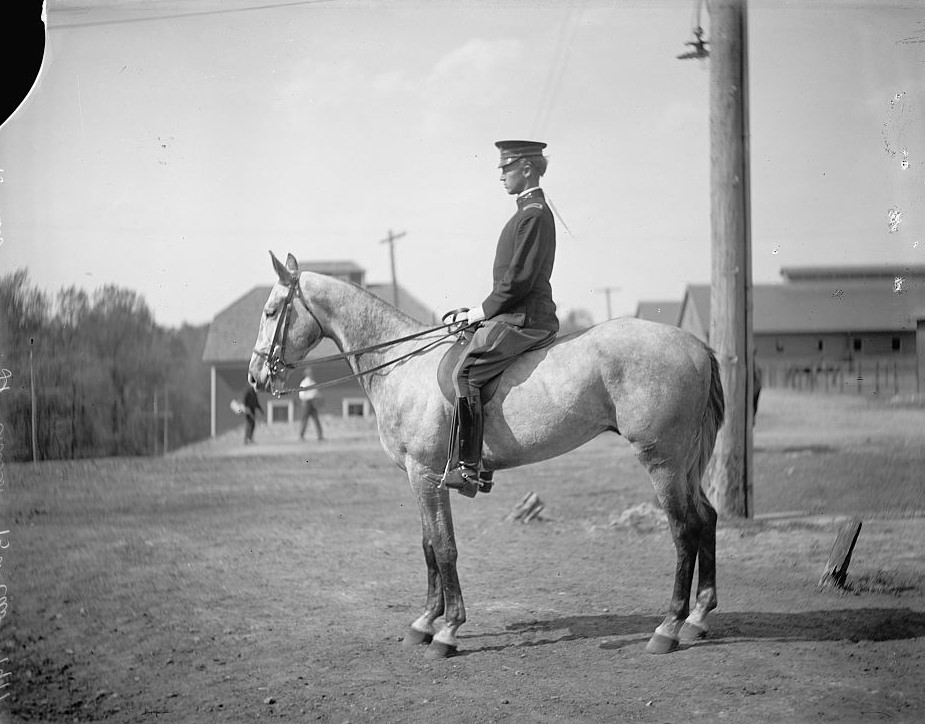
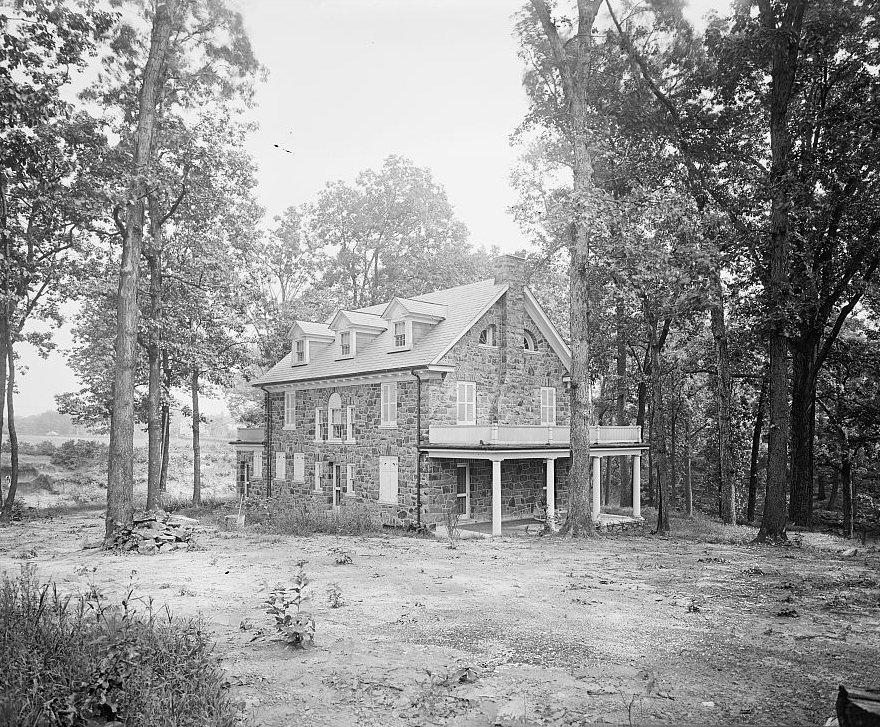
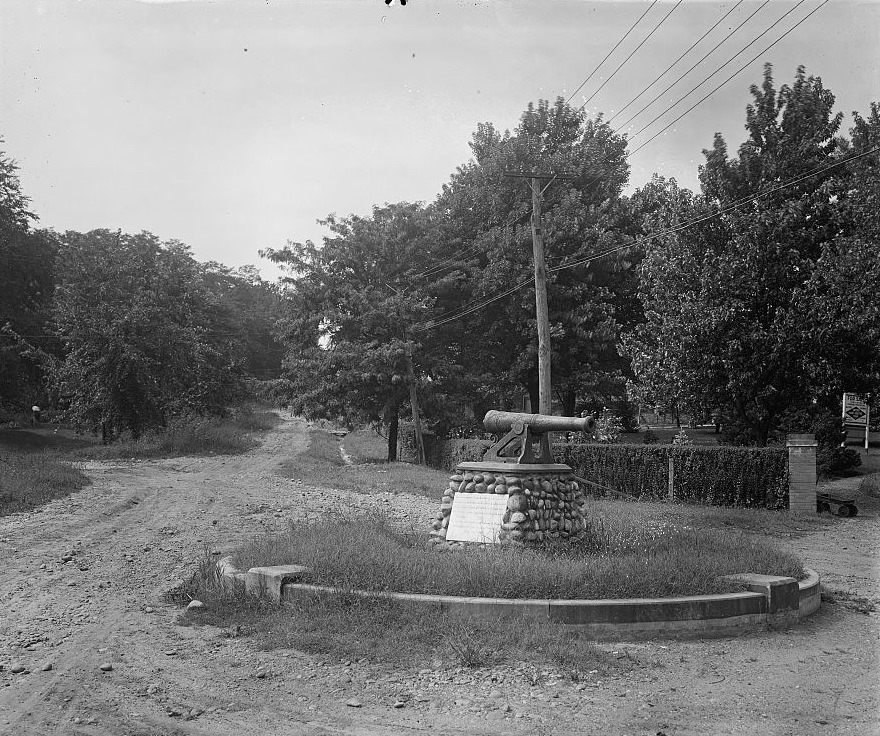
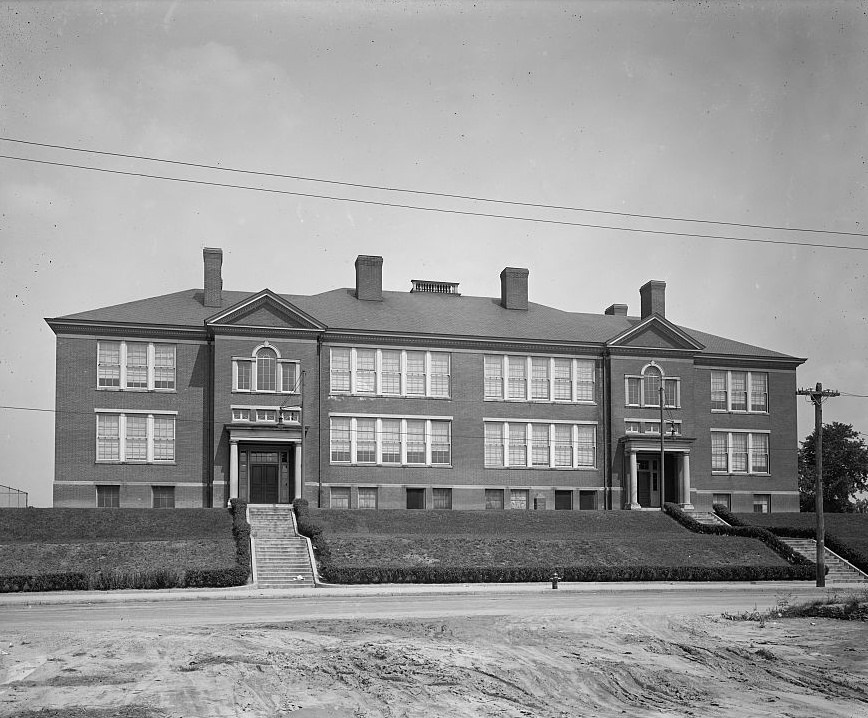
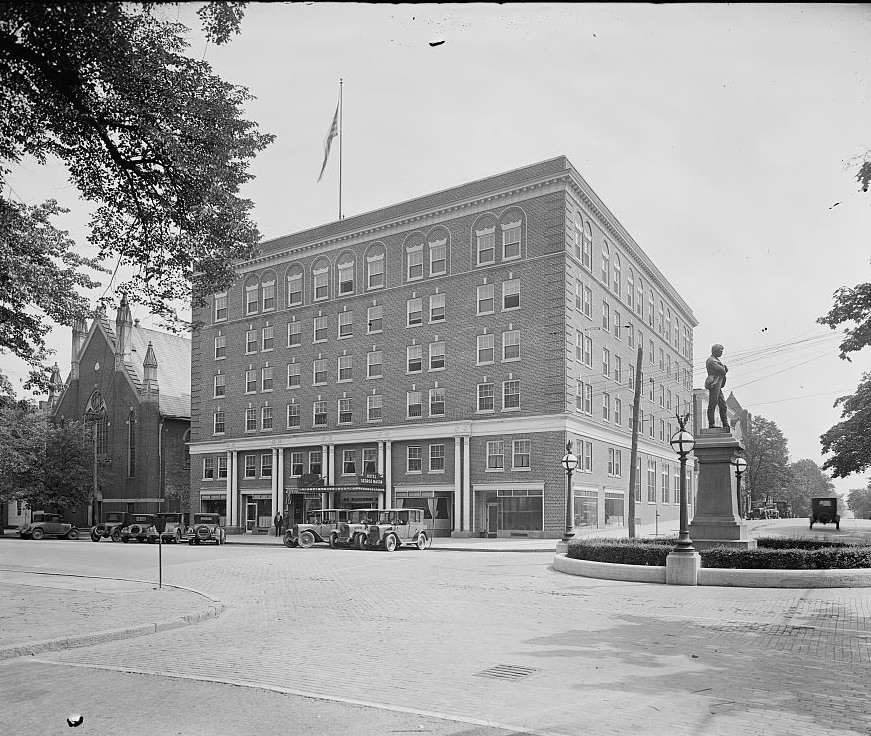
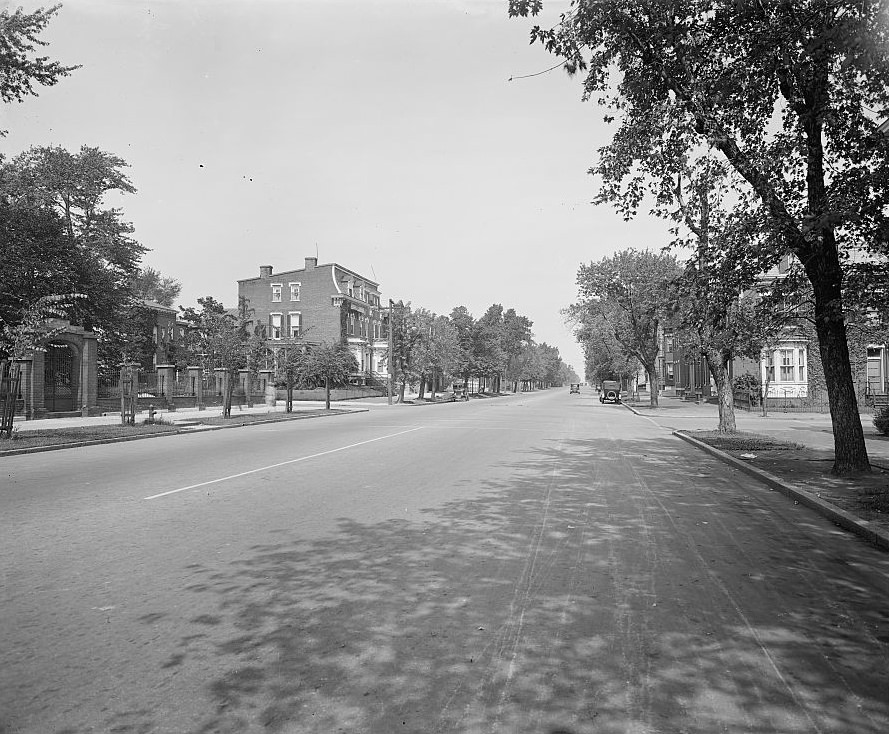
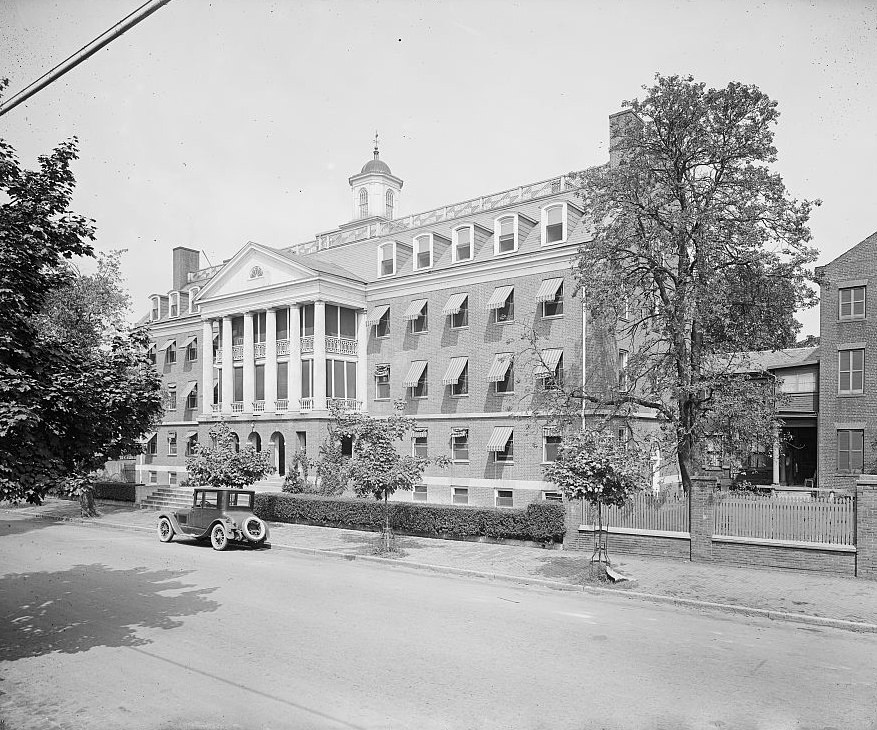
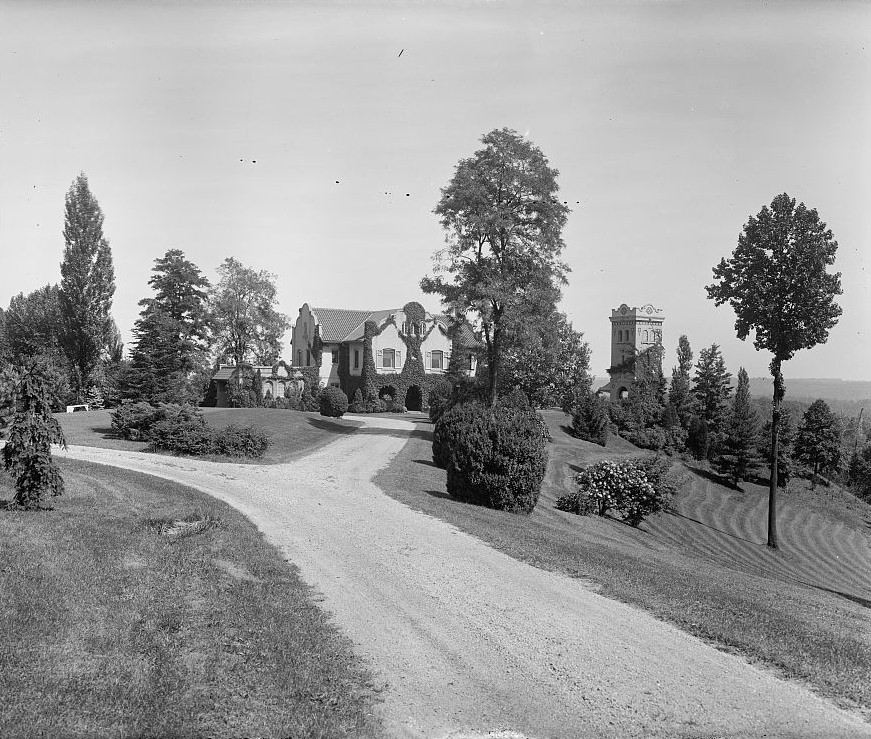
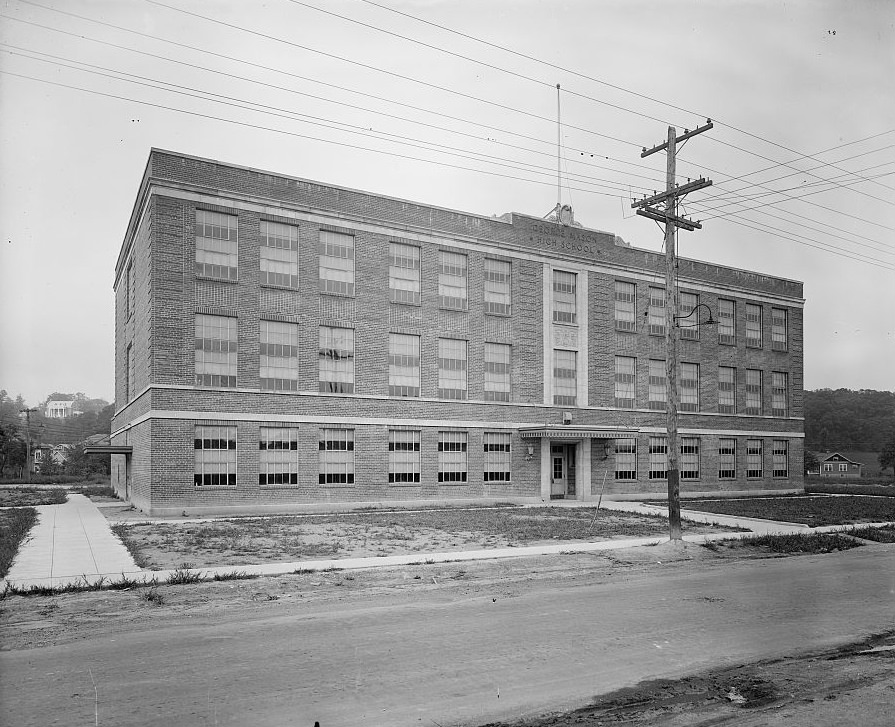
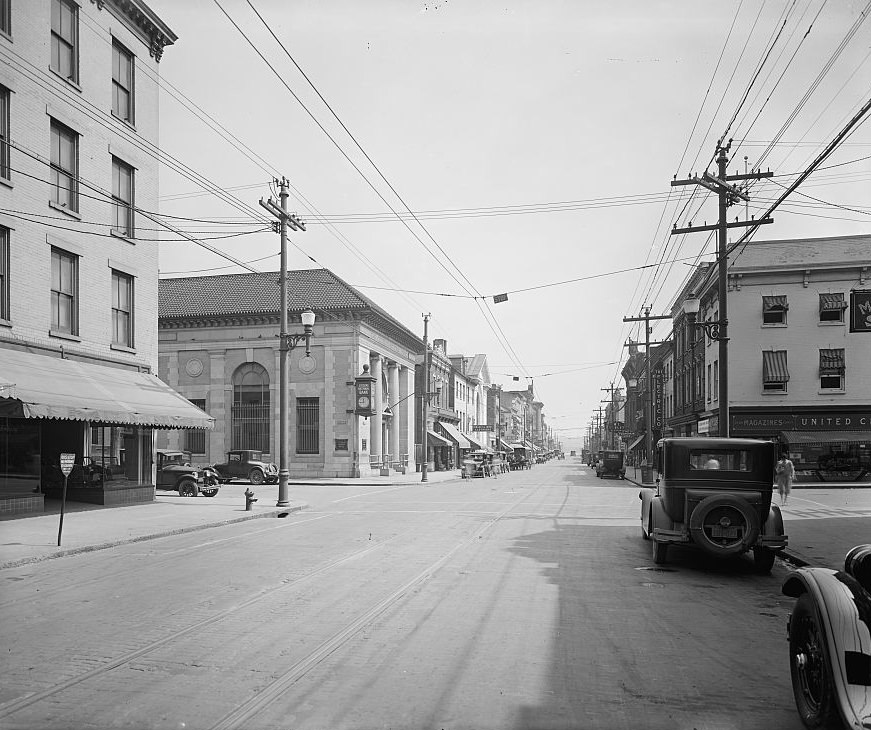
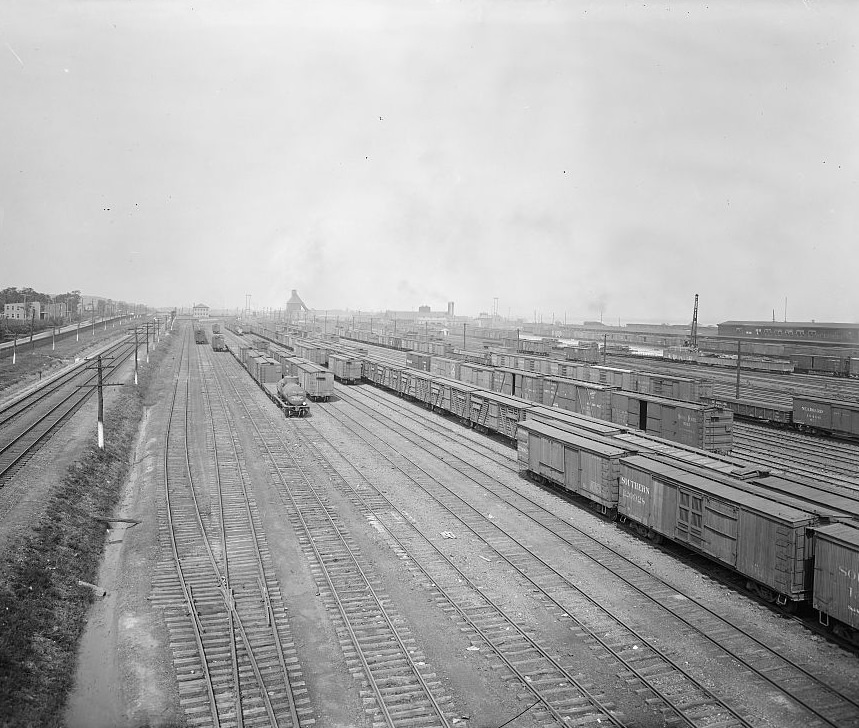
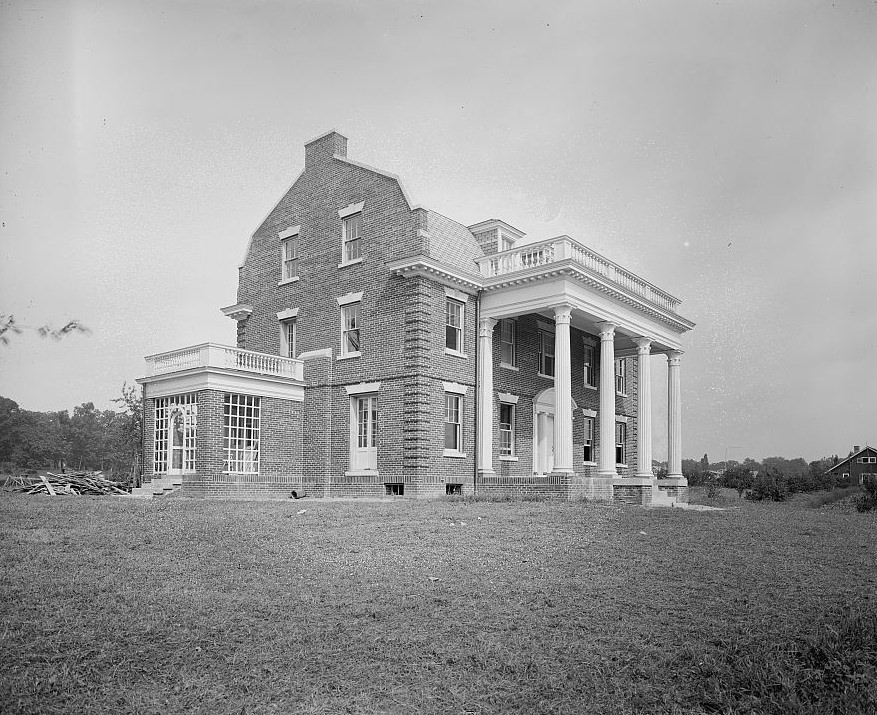
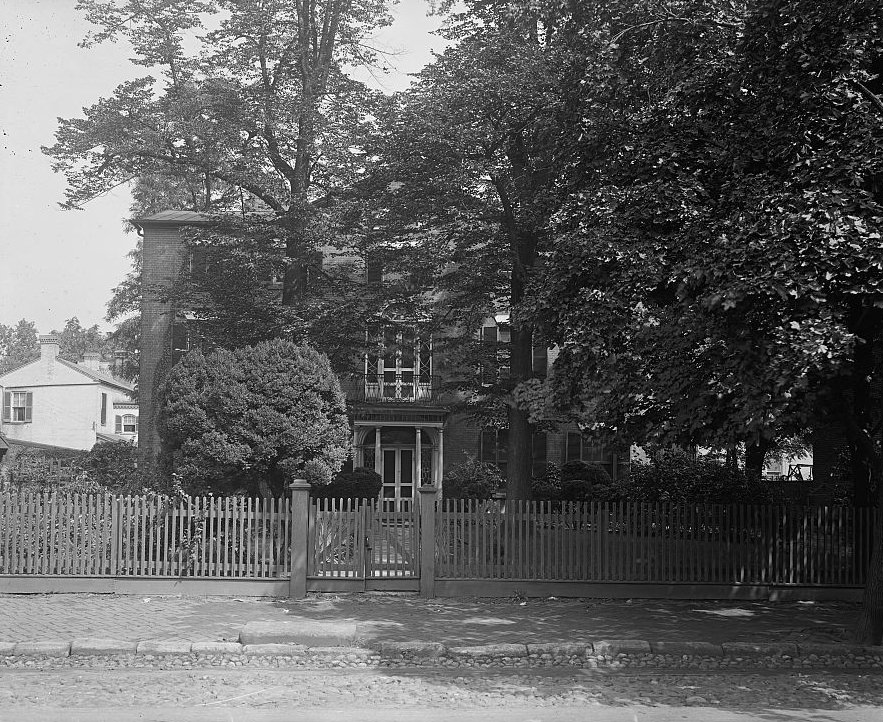
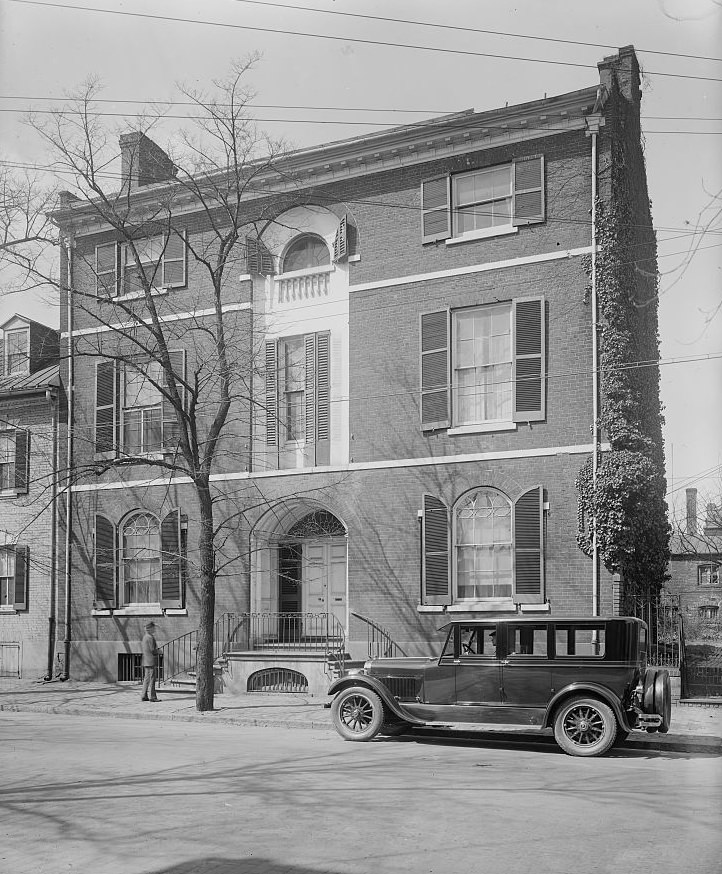
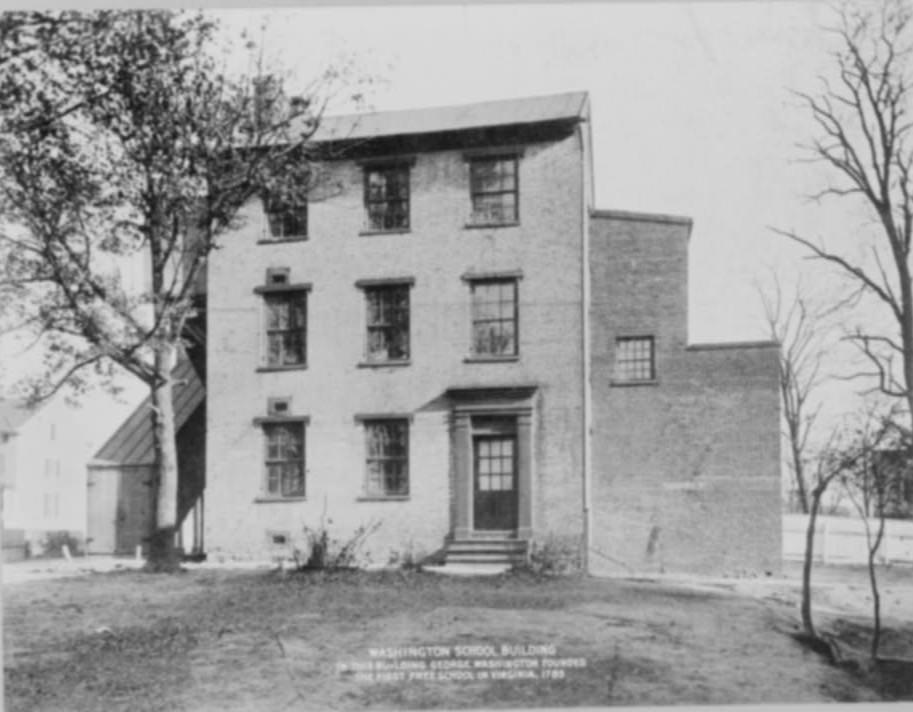
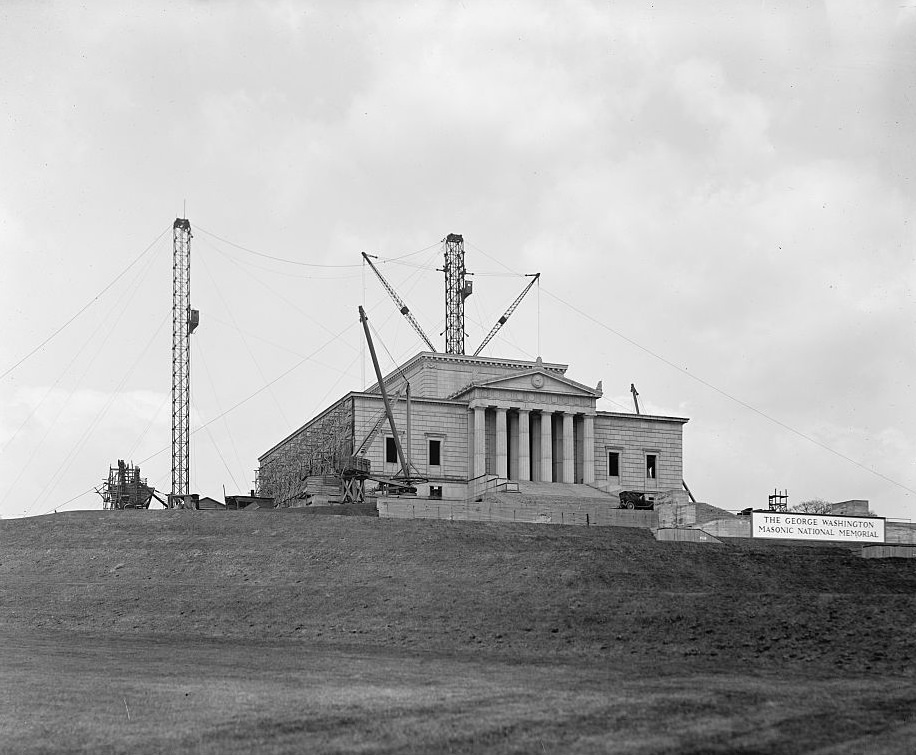
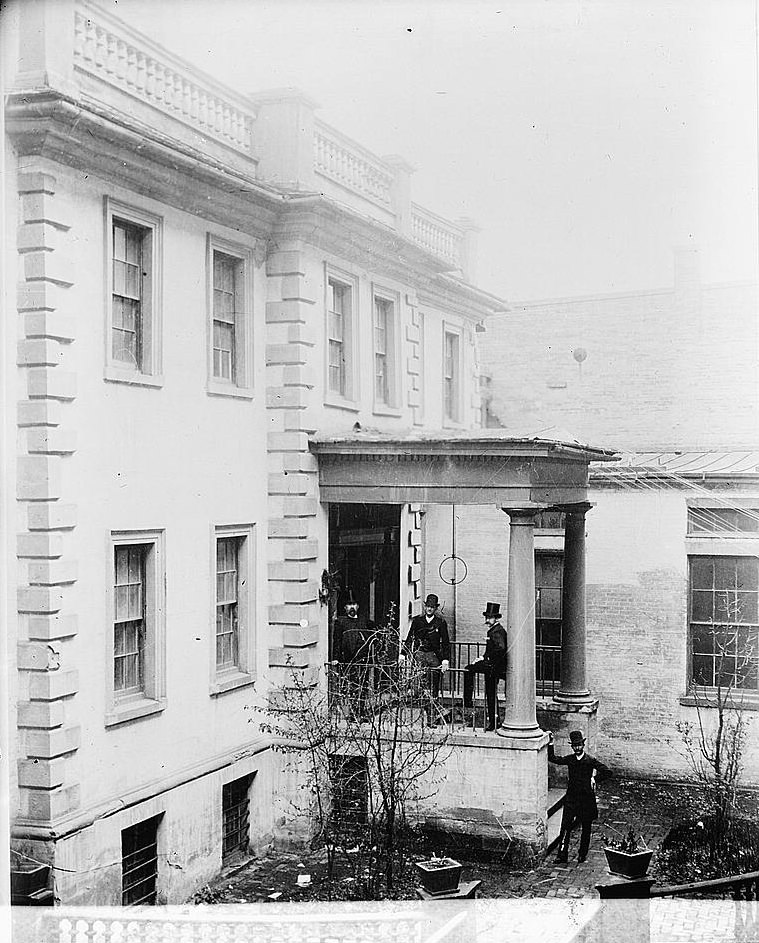
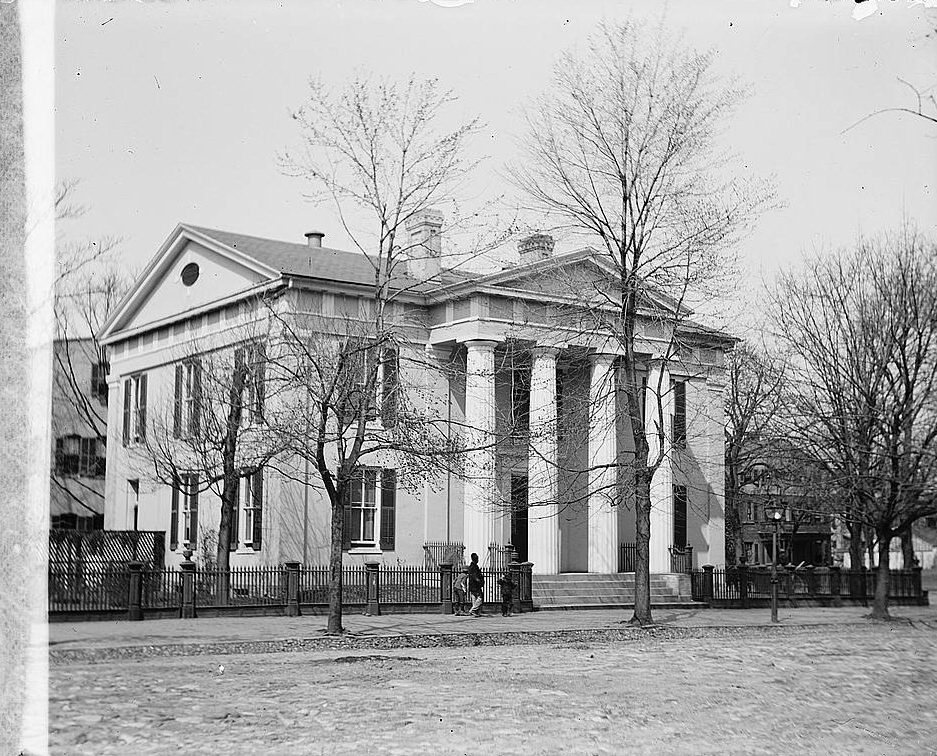
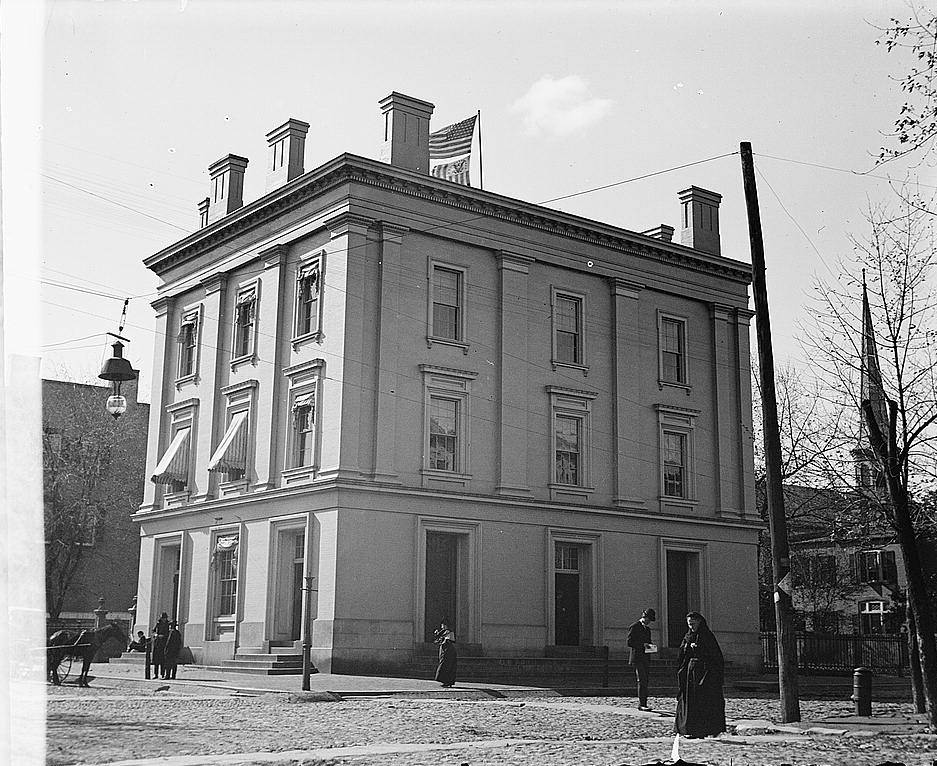
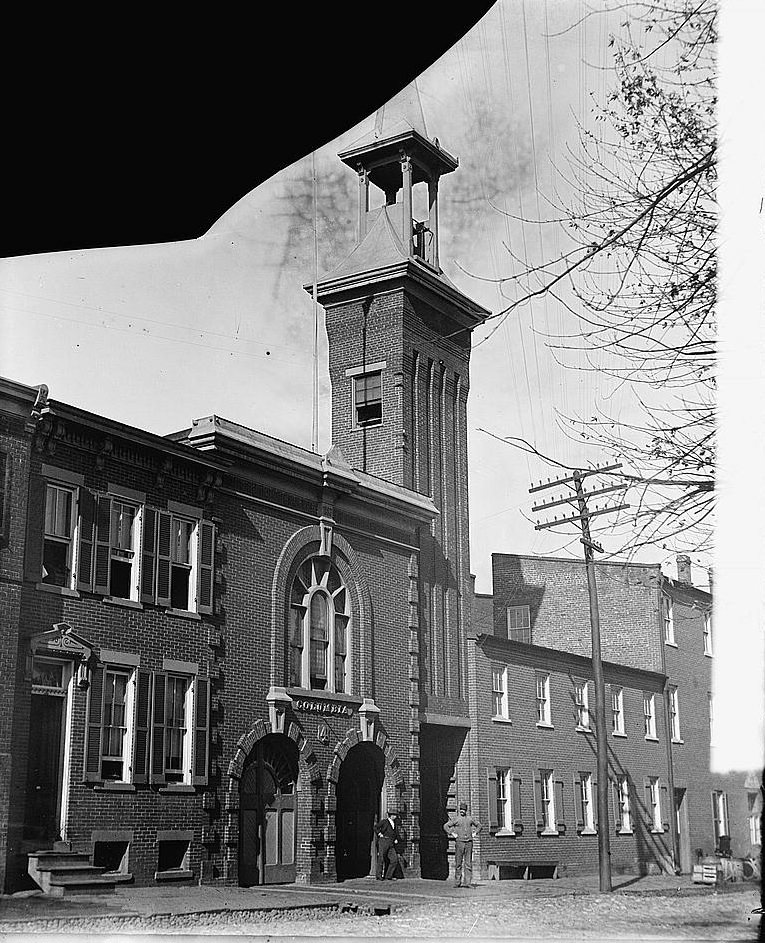
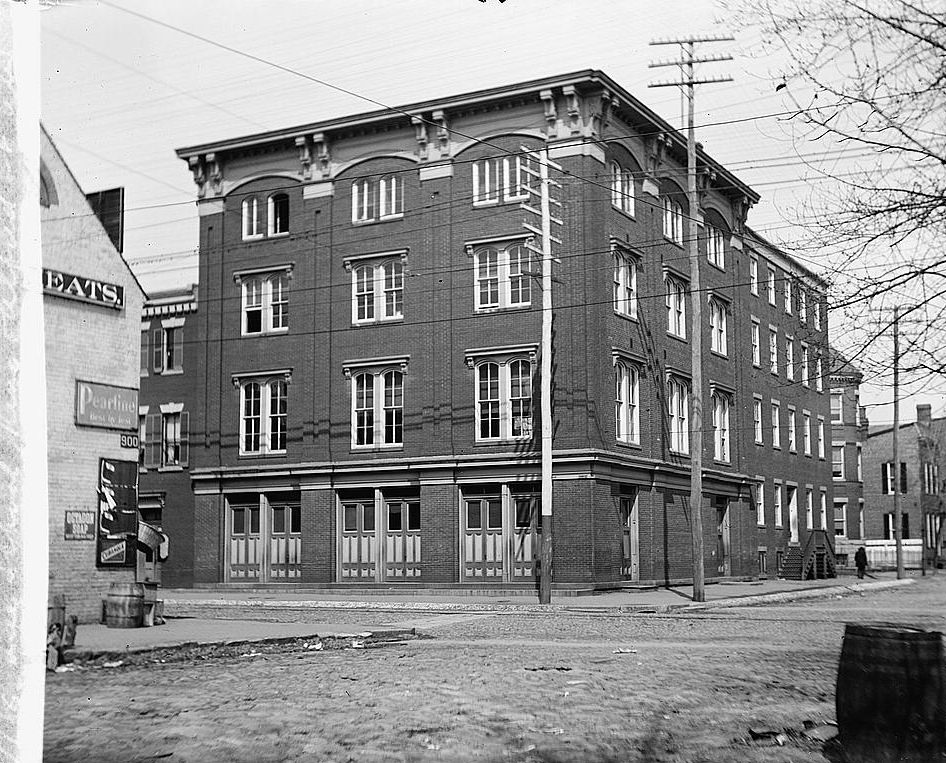
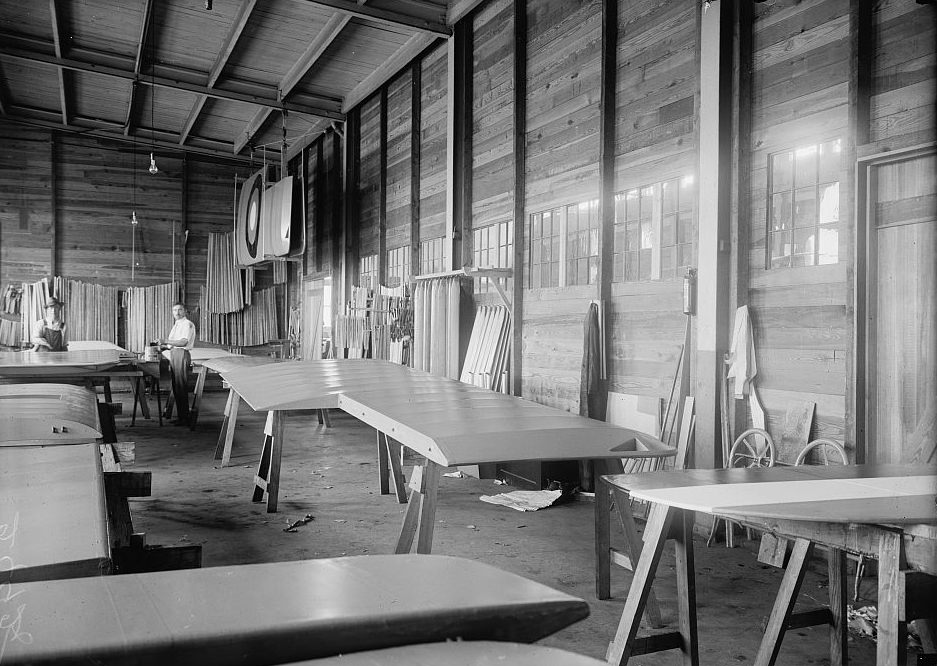
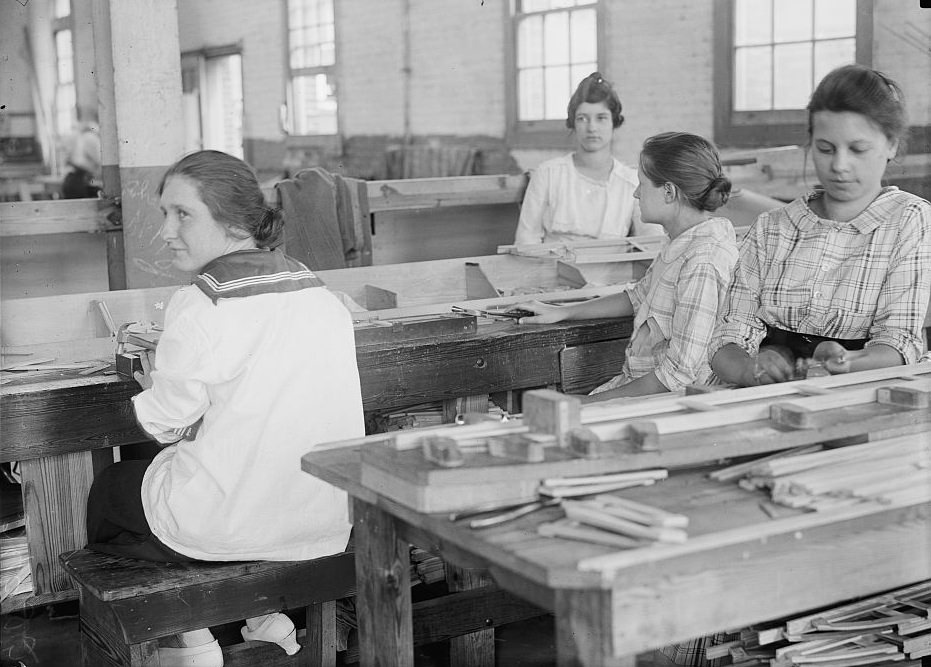
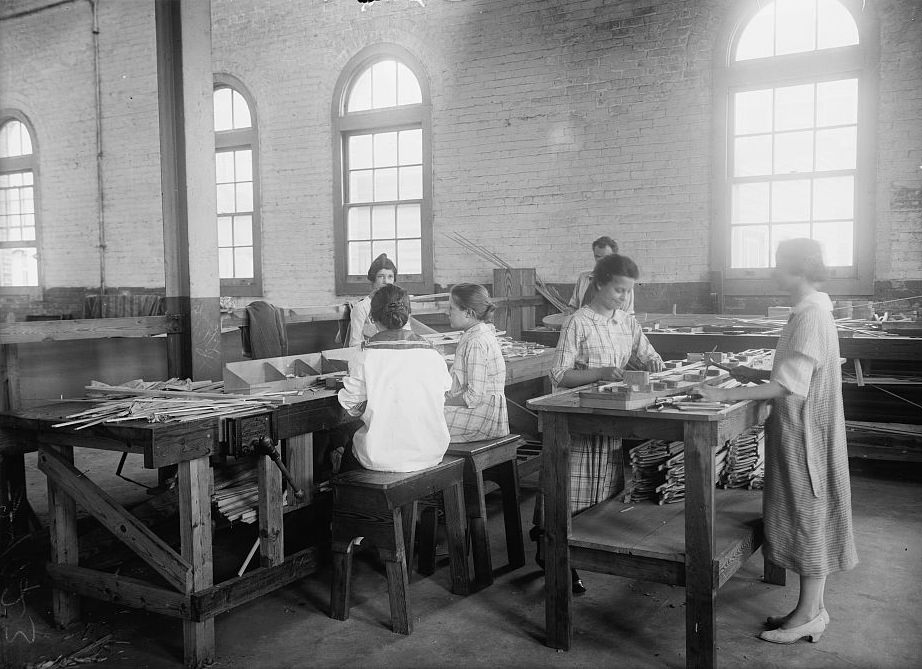
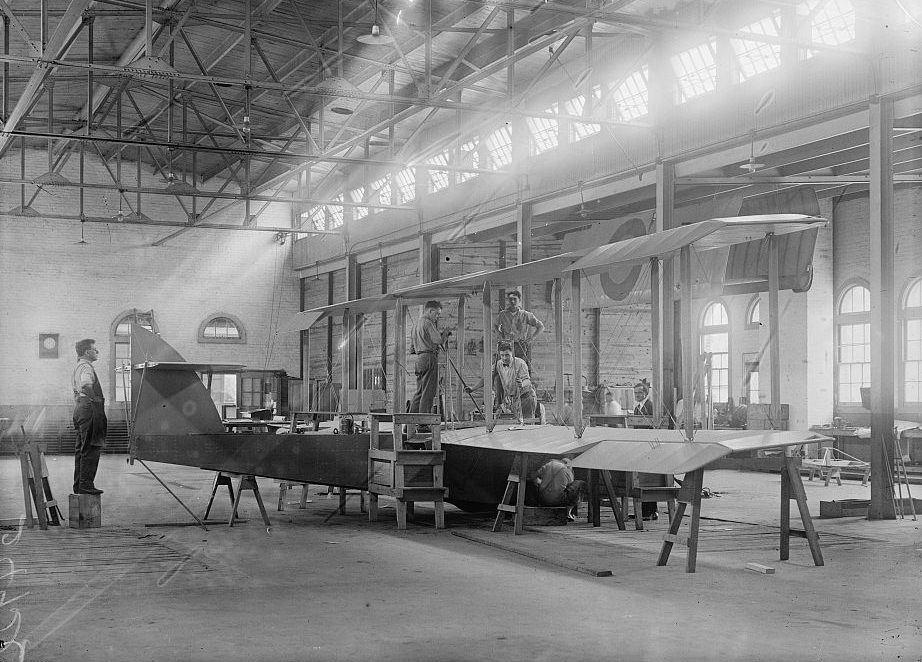
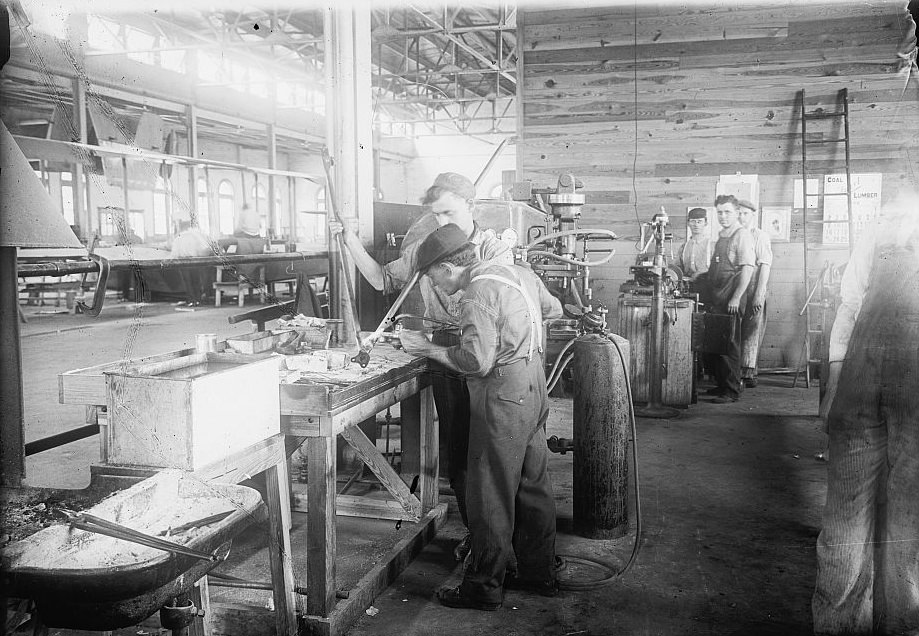
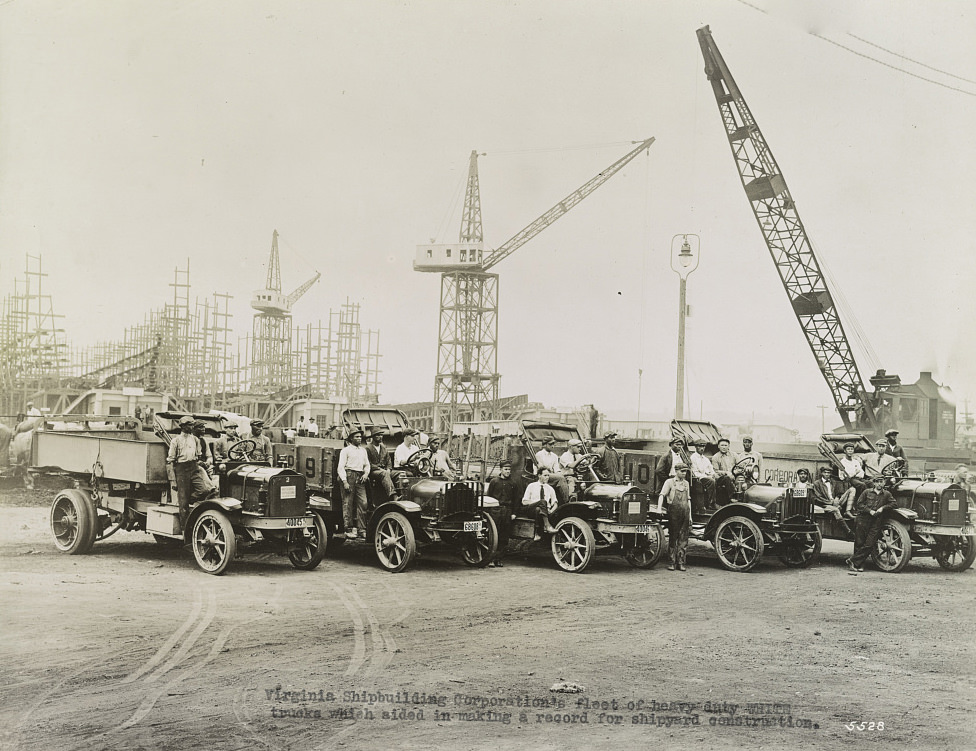
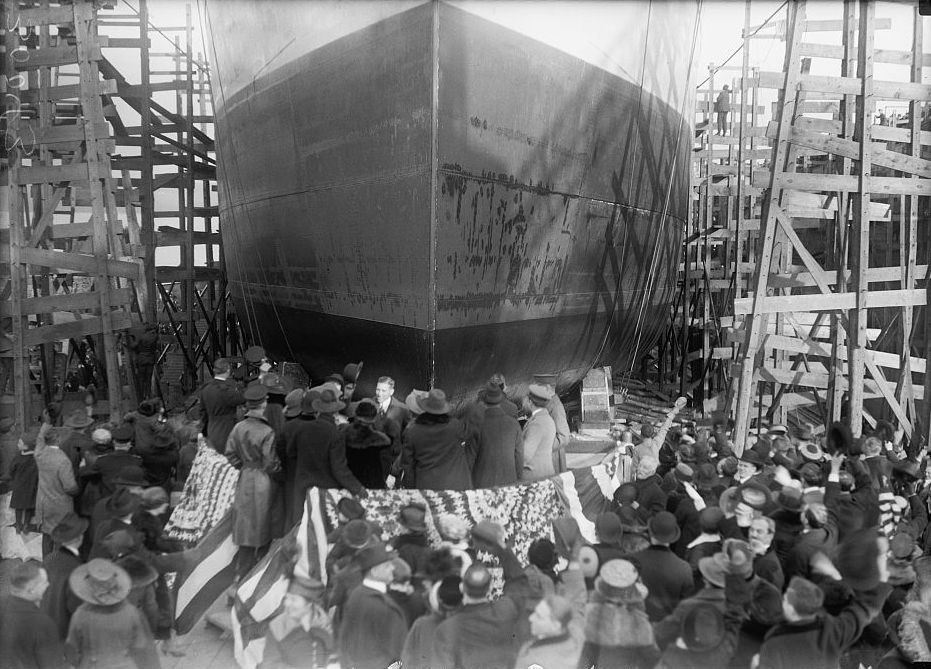
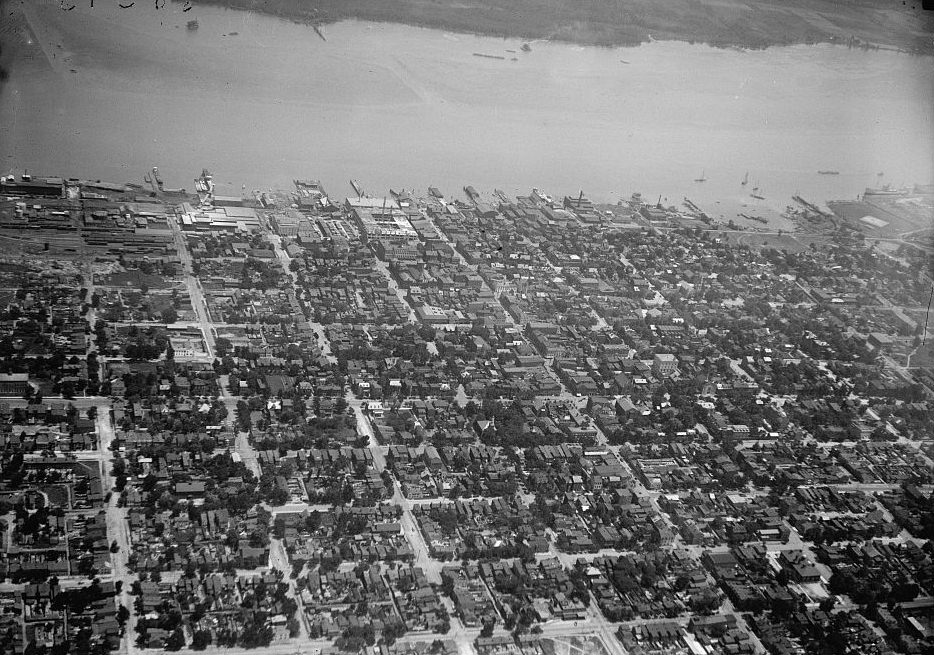
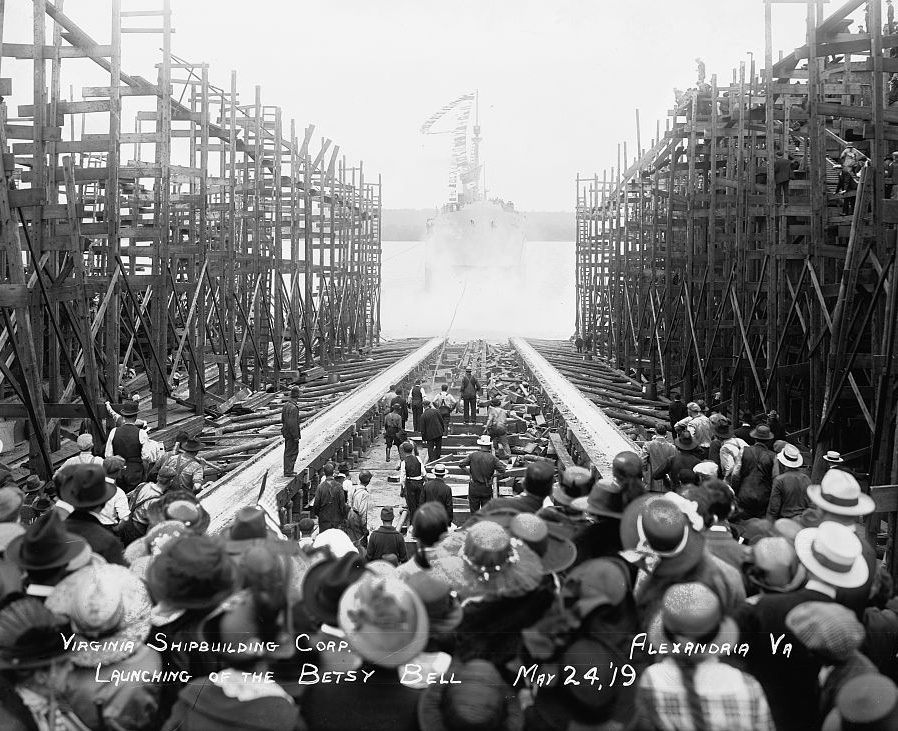
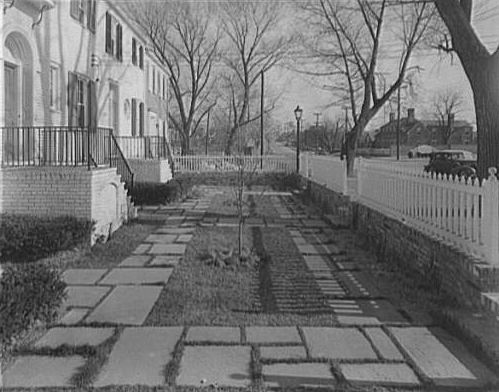
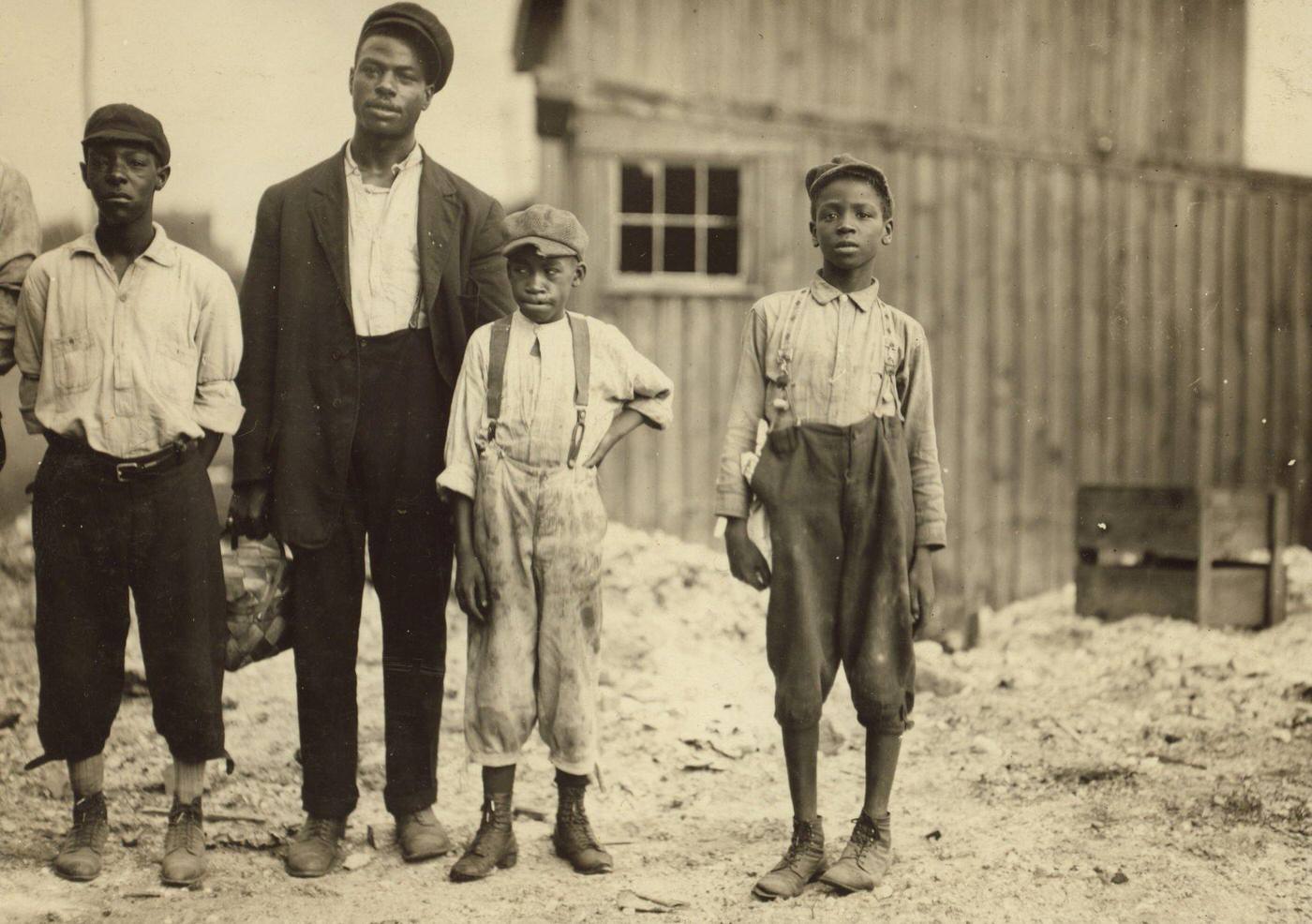
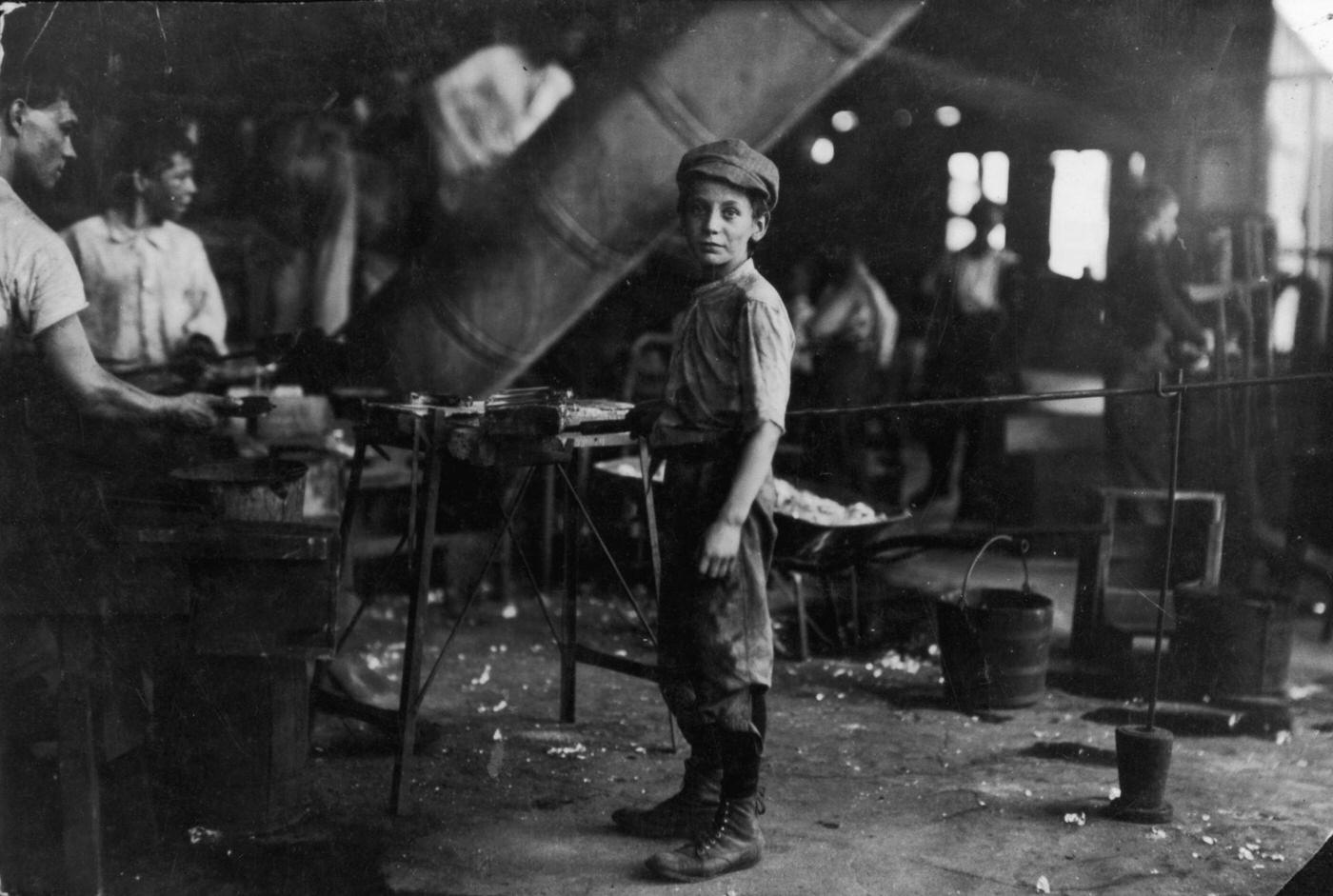
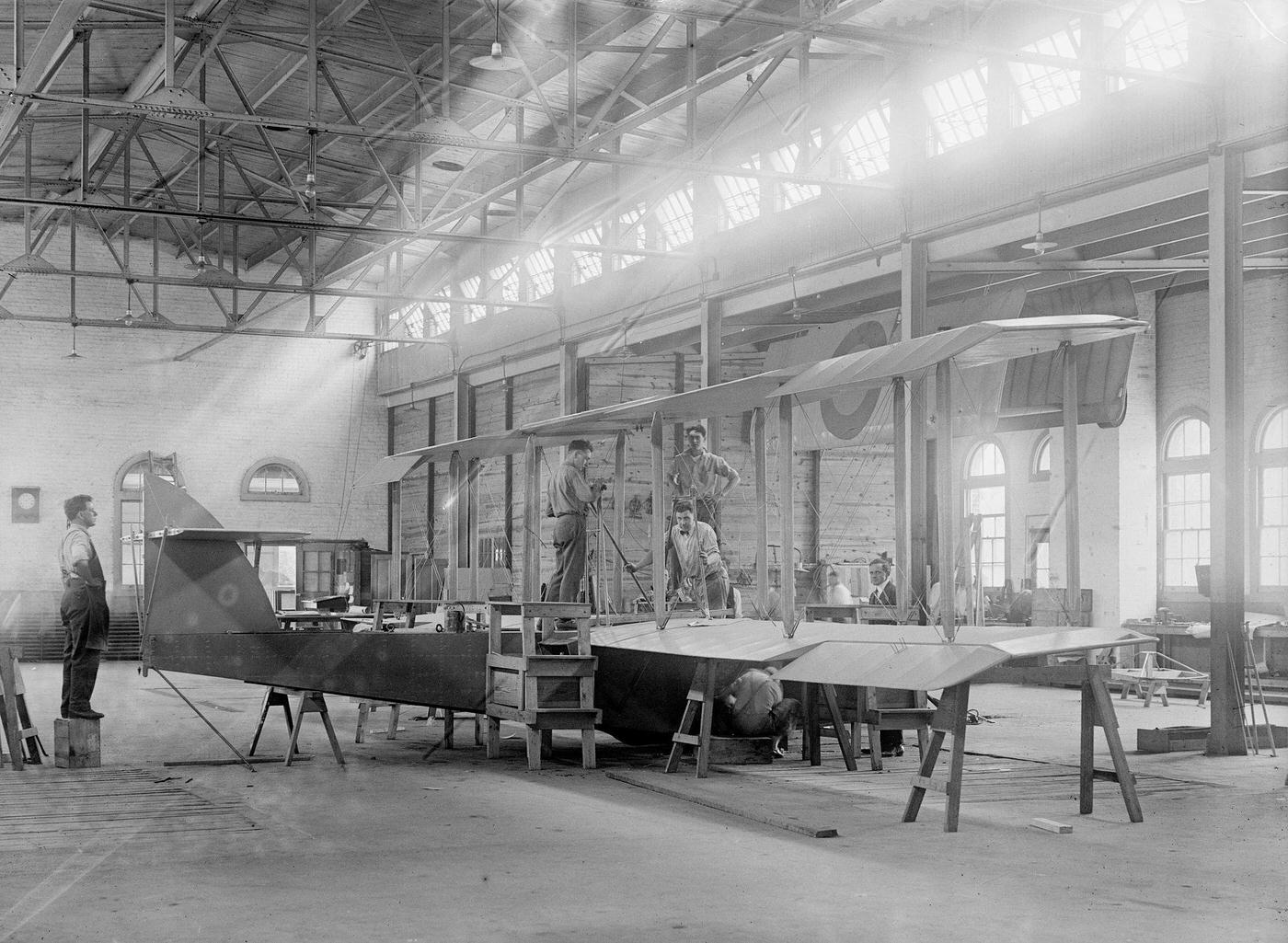
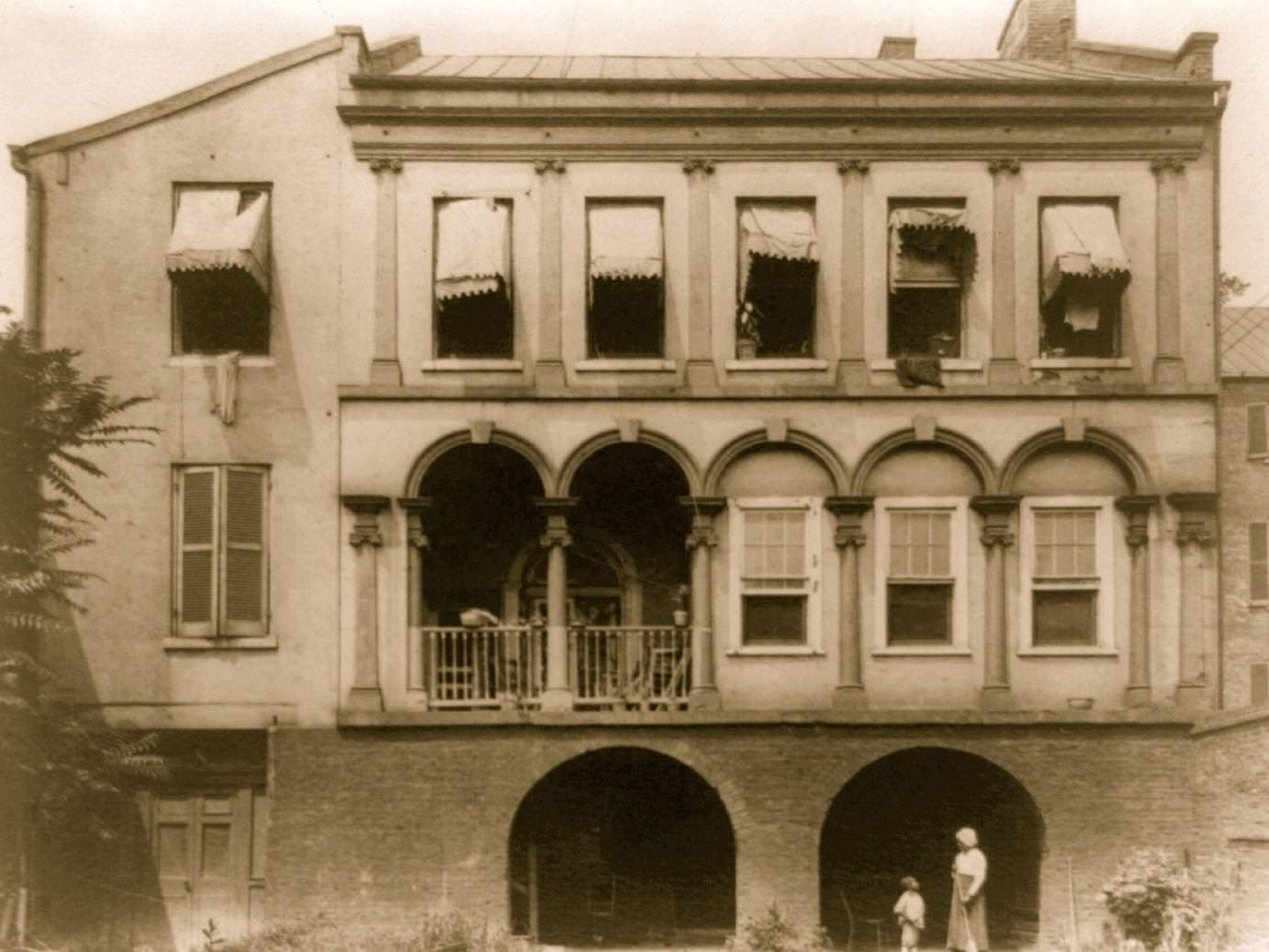
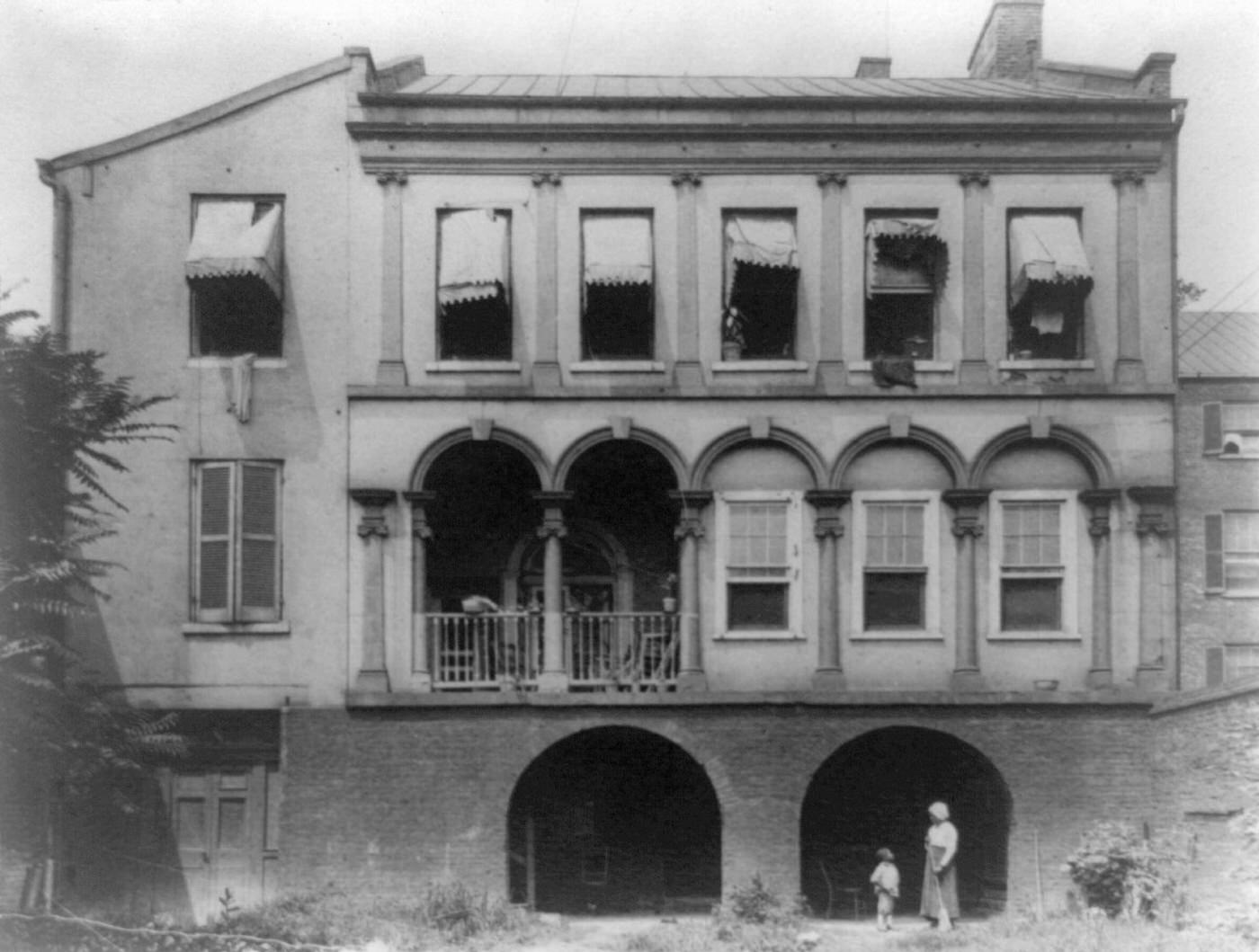
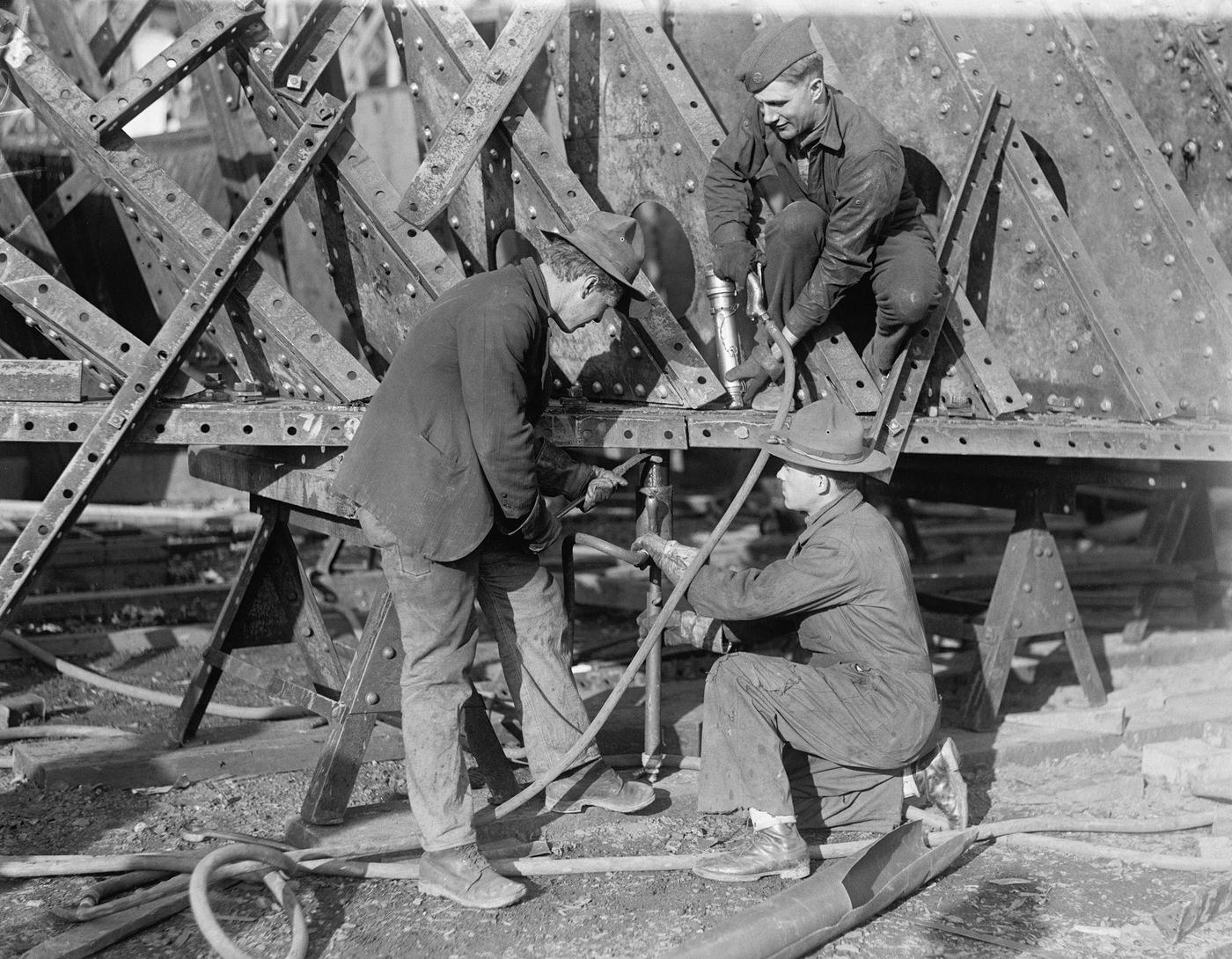
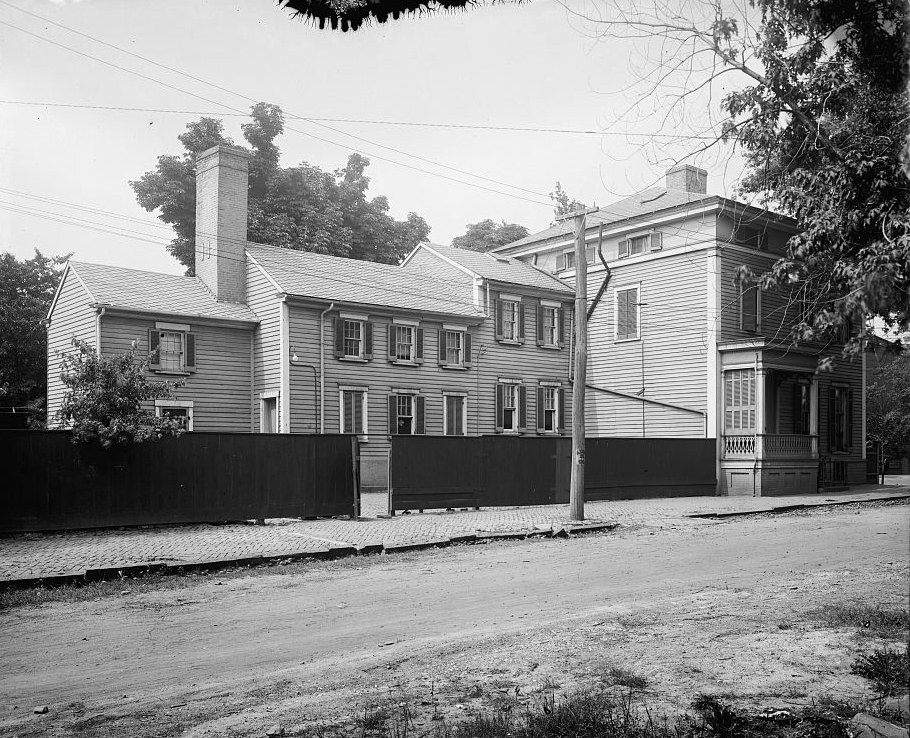
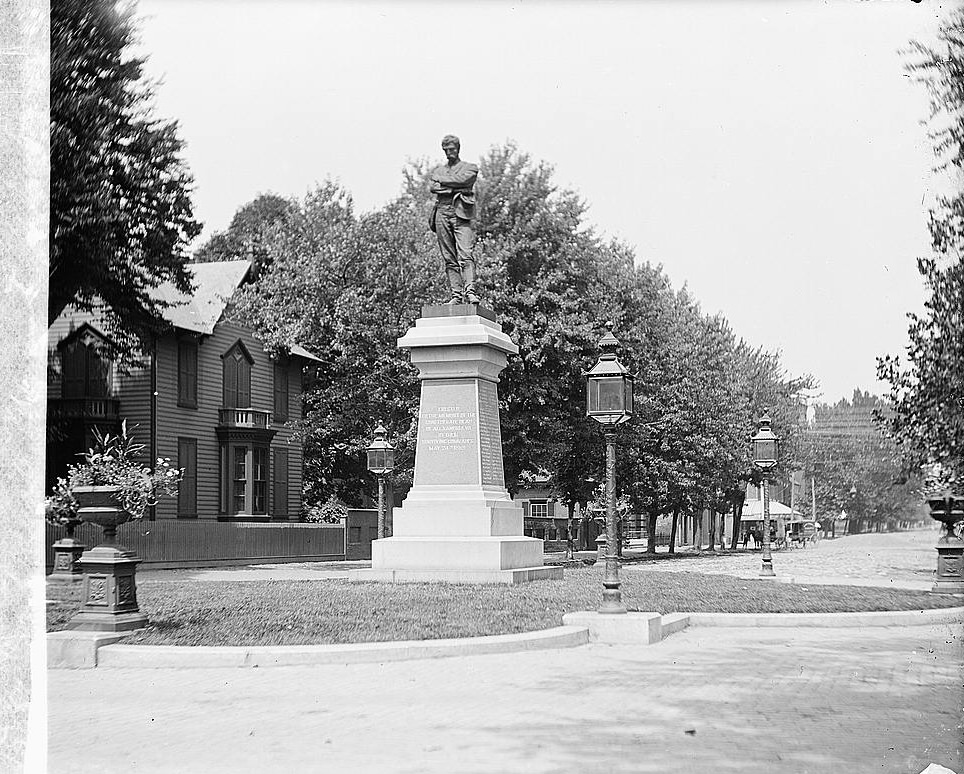

Alexandria at this time had the longest street car line in the world, which is now Mt Vernon Ave
The street car ran down Commonwealth Ave leaving Old Town and out to 4 Mile Run. It did go down to Mount Vernon and the roundabout in front of the estate today was the streetcar turnaround.
Cool collection of pictures! I love seeing these and comparing them to the area as I know it today. It would be great if the images included addresses for comparison, or any other information really.
The spite house is 523 Queen St, even though we aren’t quite sure it was built out of spite. There are a few stories about its origin.
That’s the George Washington Masonic Temple; it isn’t called the “GW Memorial”.
I’d love to know the actual stories with some of these pictures. The descriptions are generic and sometimes seem wrong. It would be even better if it begin with, were from the area and could add some context.
Obviously fake. I mean where’s the Starbucks? You’re gonna tell me people made their own Pumpkin Spice Lattes back in the day? Did they grow their own pumpkins!?
Given they keep referring to the Masonic Temple as the GW Memorial, I’m gonna take most of this with a healthy dose of skepticism
Well it is named after him.
https://gwmemorial.org/
But it’s fairly misleading given the actual GW Memorial is literally across the river. I’ve lived in NoVA for 40 years and have never heard anyone ever refer to the Masonic Temple as the GW memorial.
I agree with you. The closest I’ve heard it called is the George Washington Masonic Temple. It’s never called the George Washington Memorial.
I don’t think the person who posted this is from here.
You are 100% correct.
My old home town.